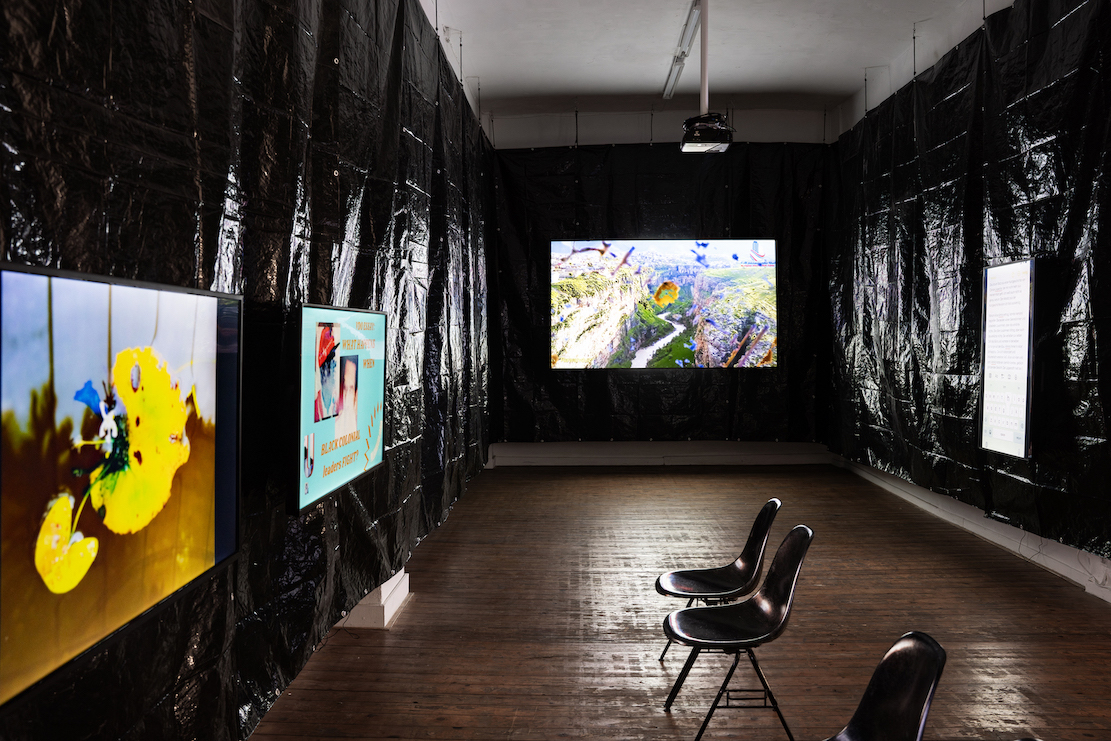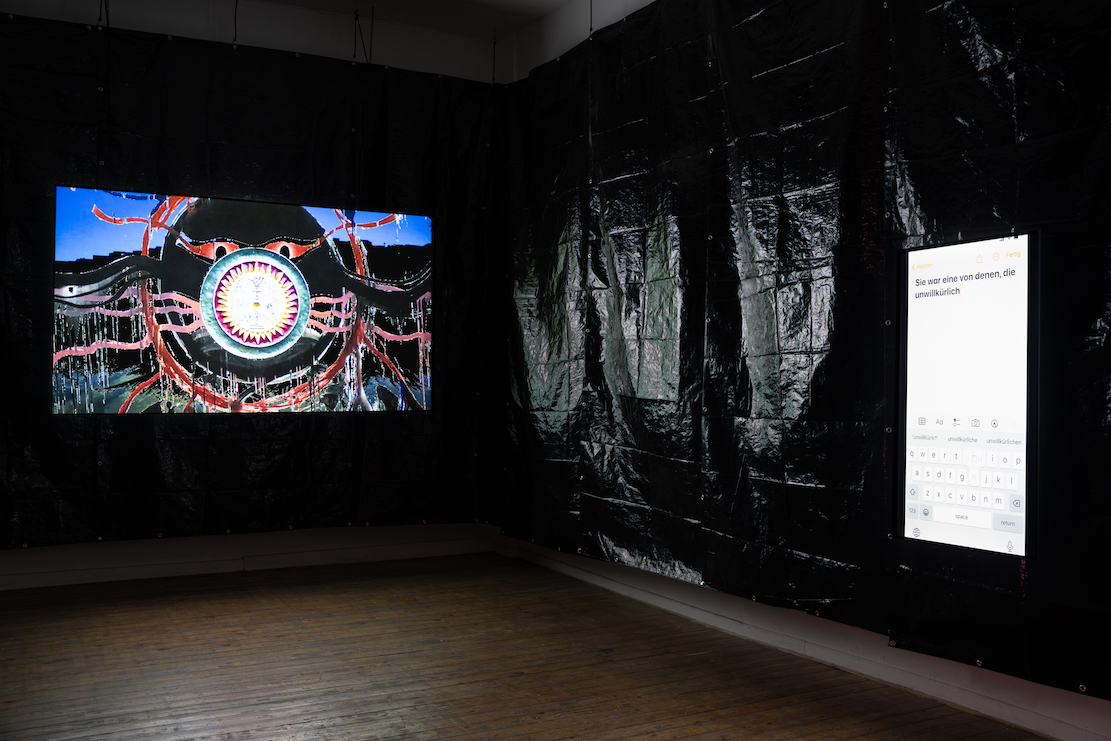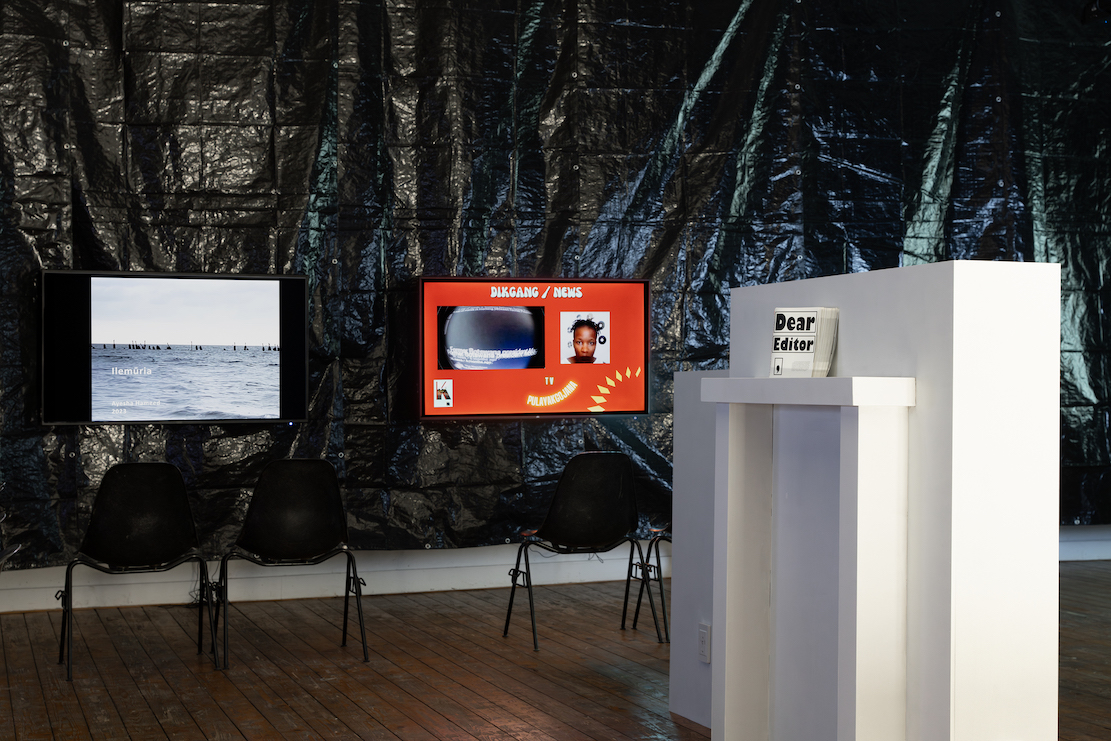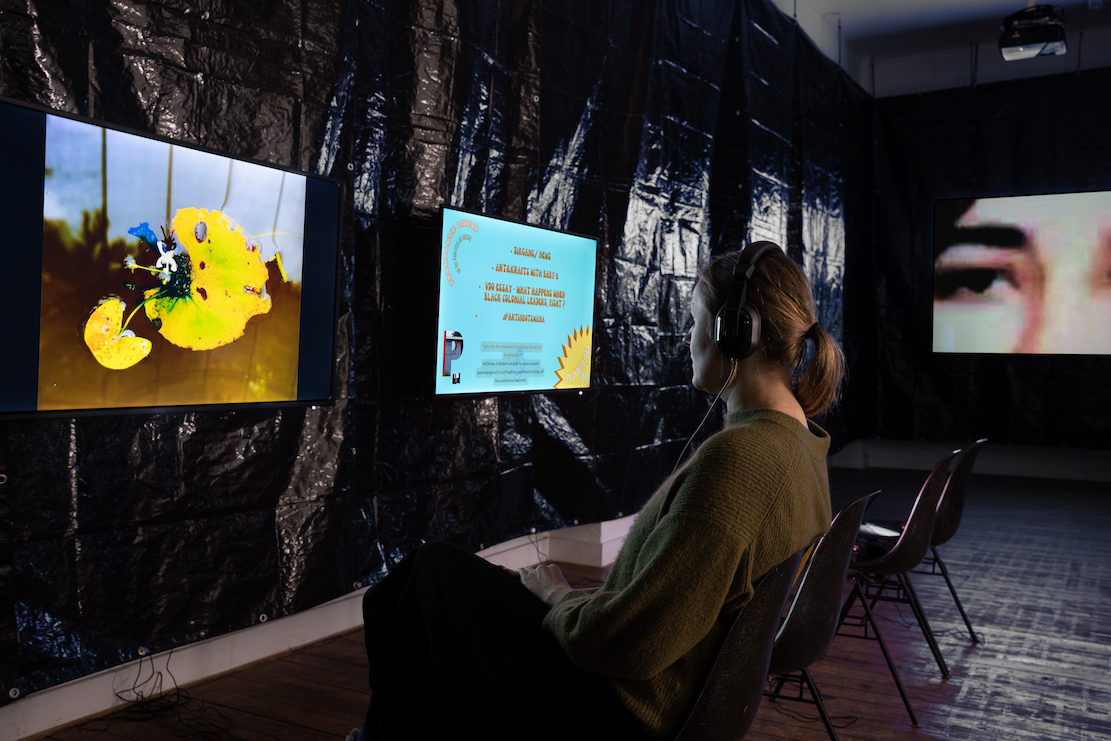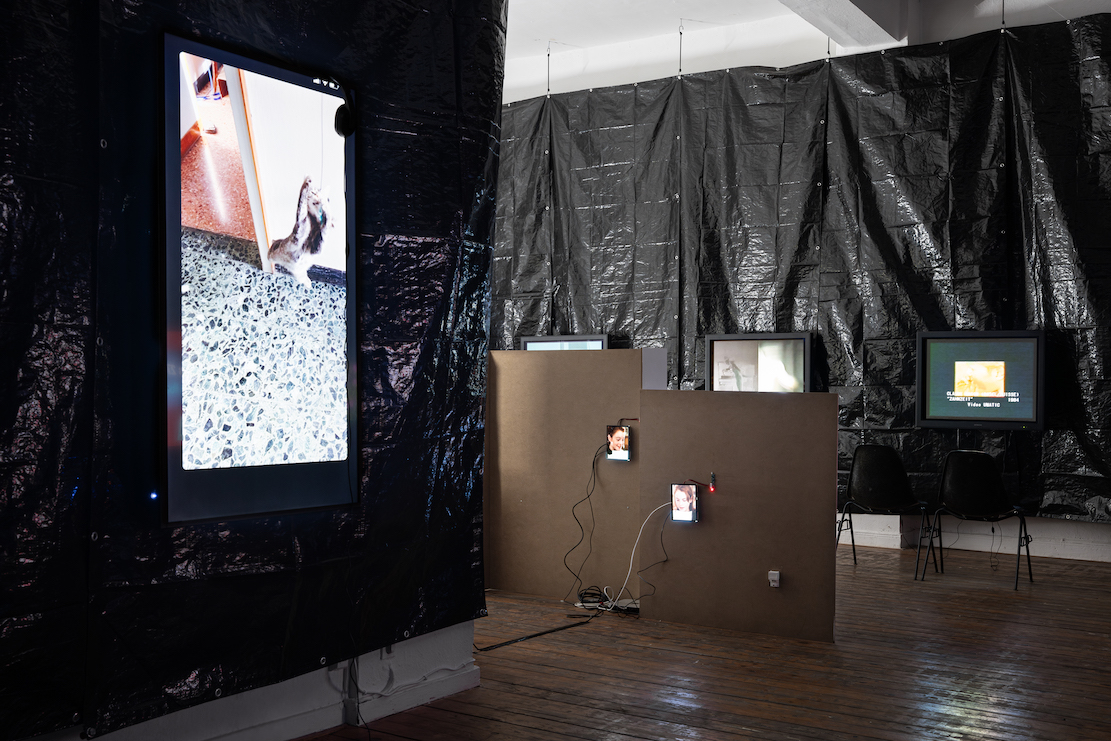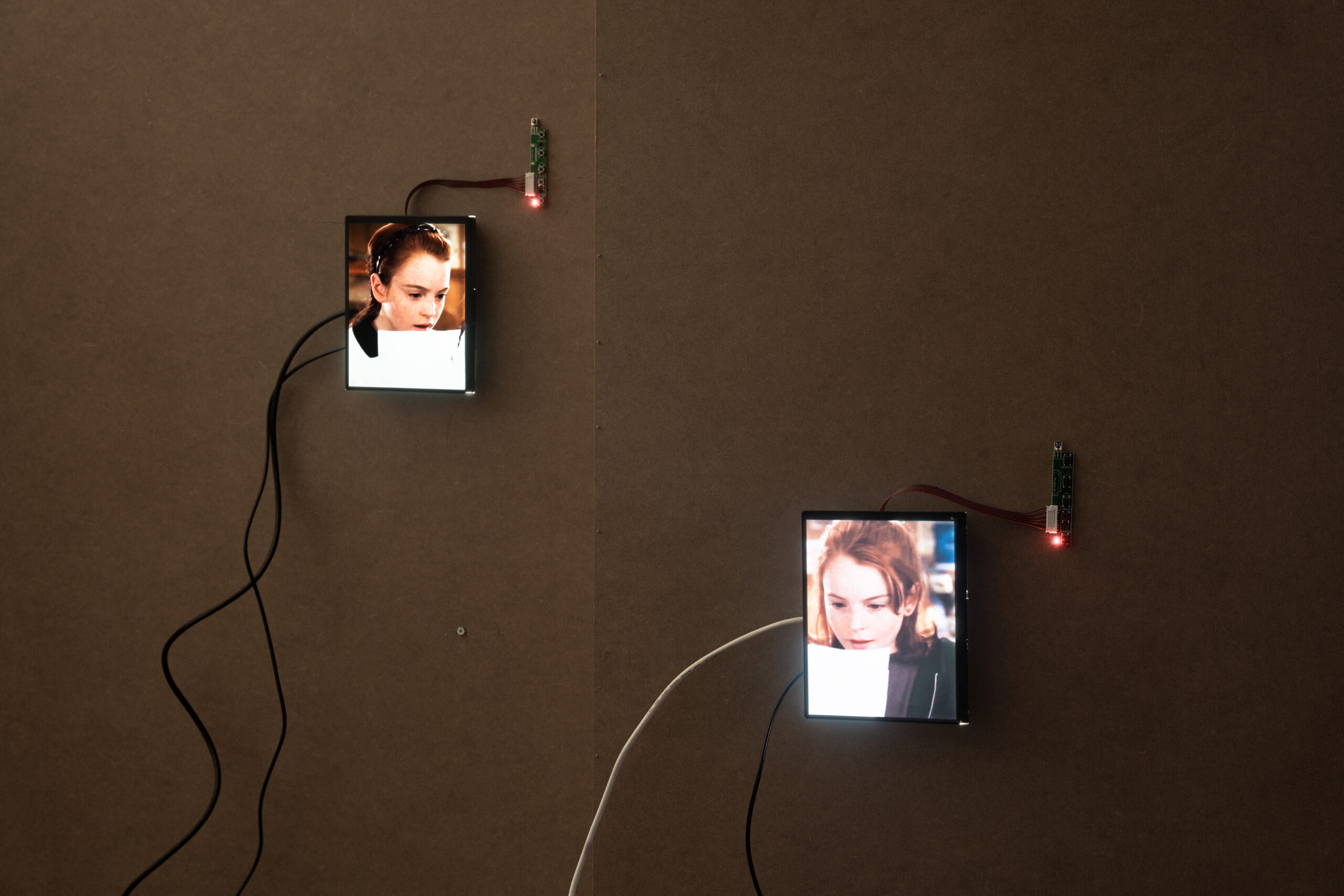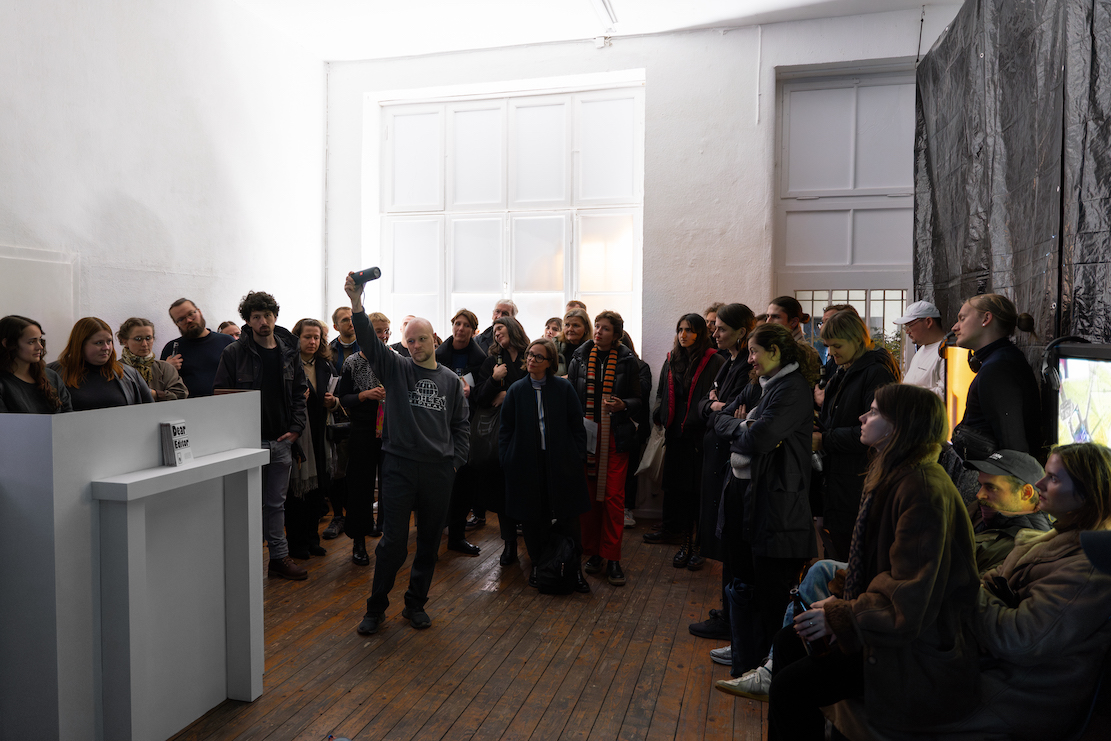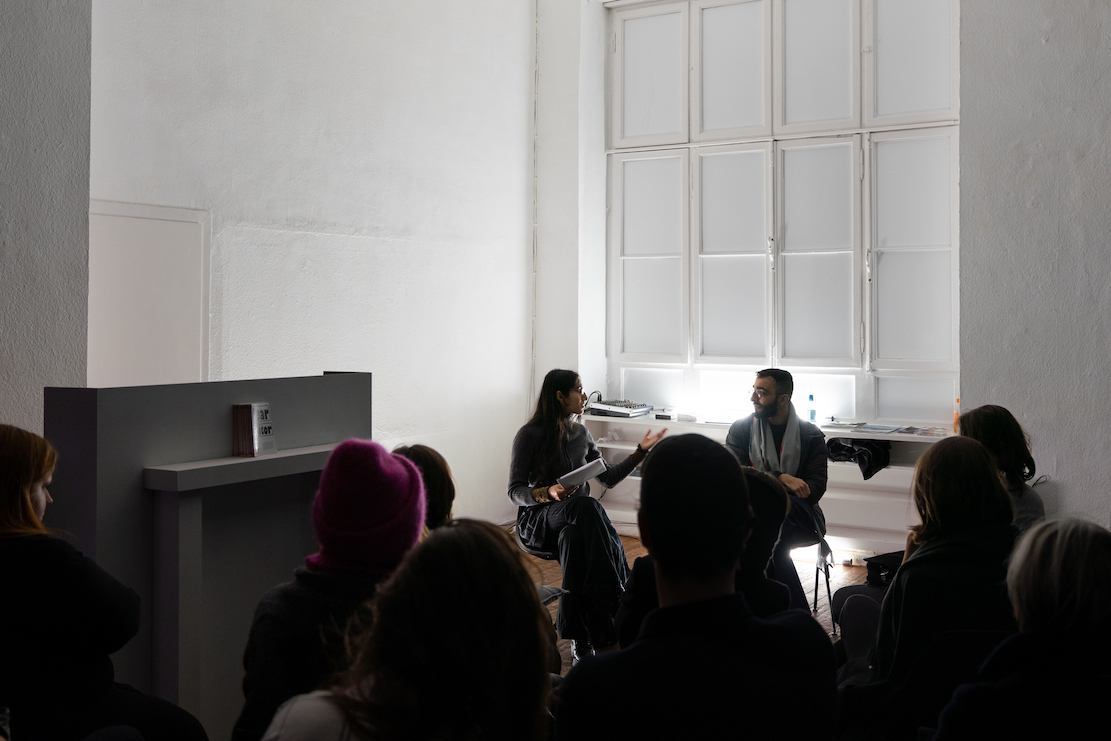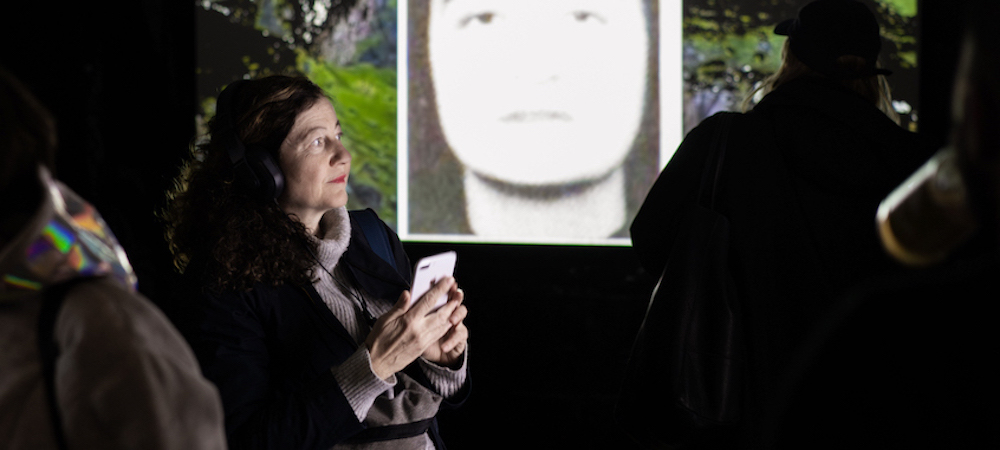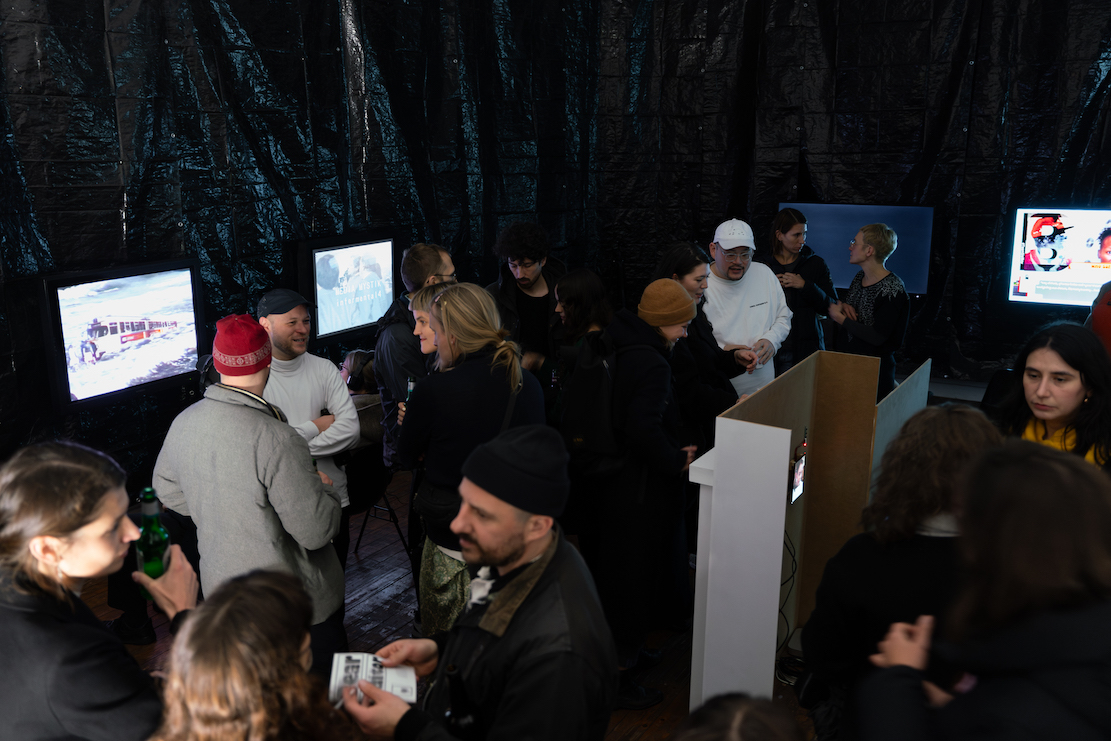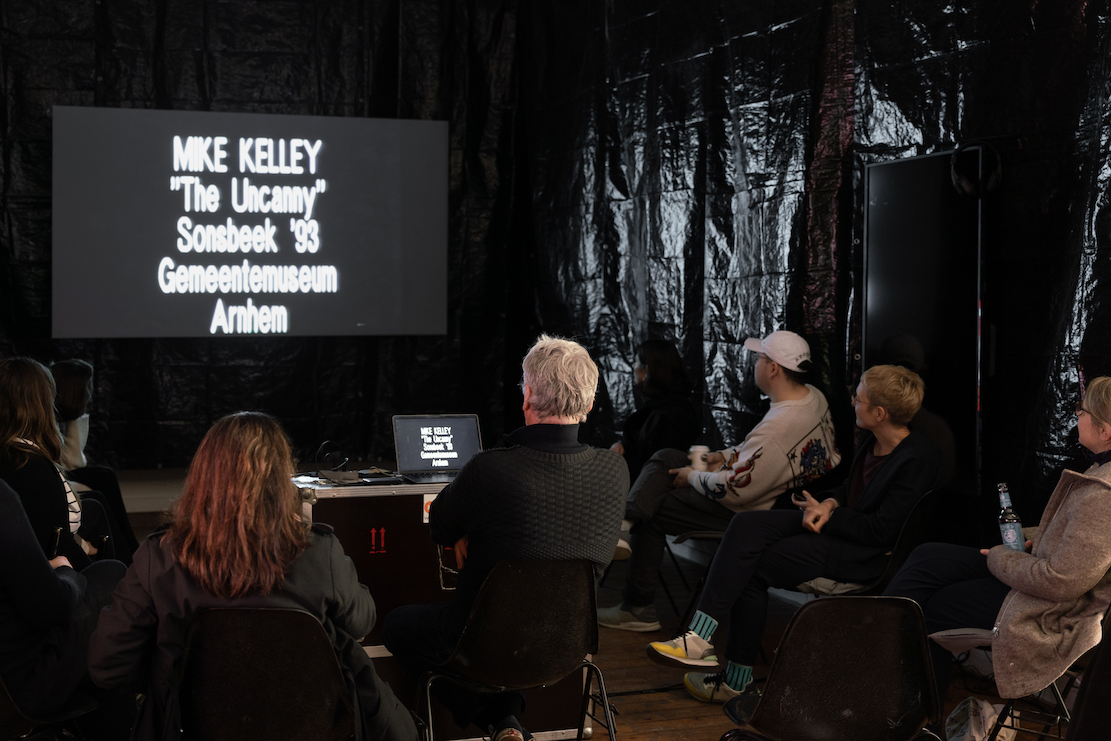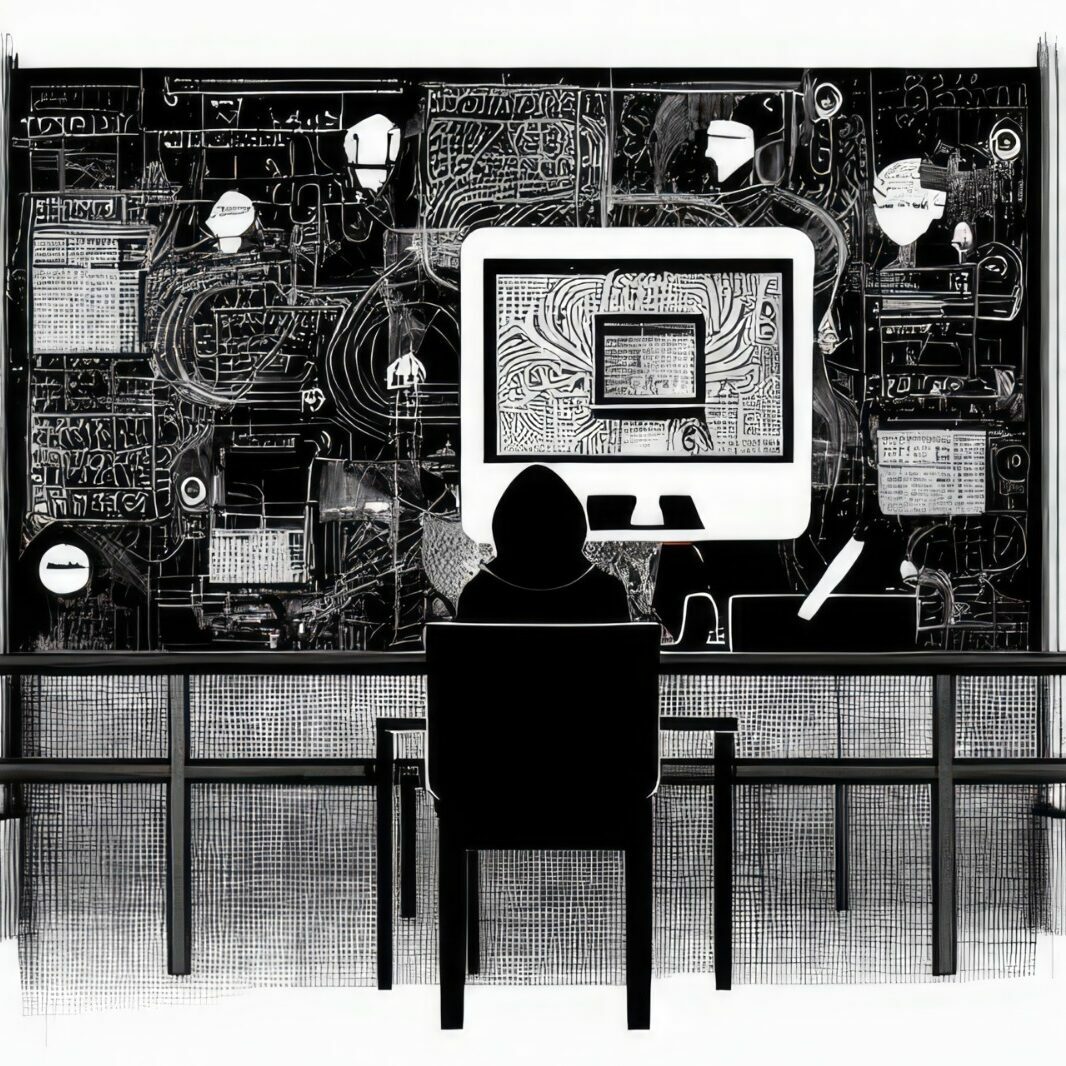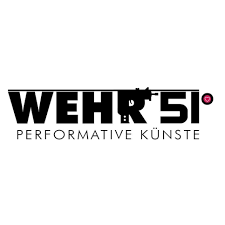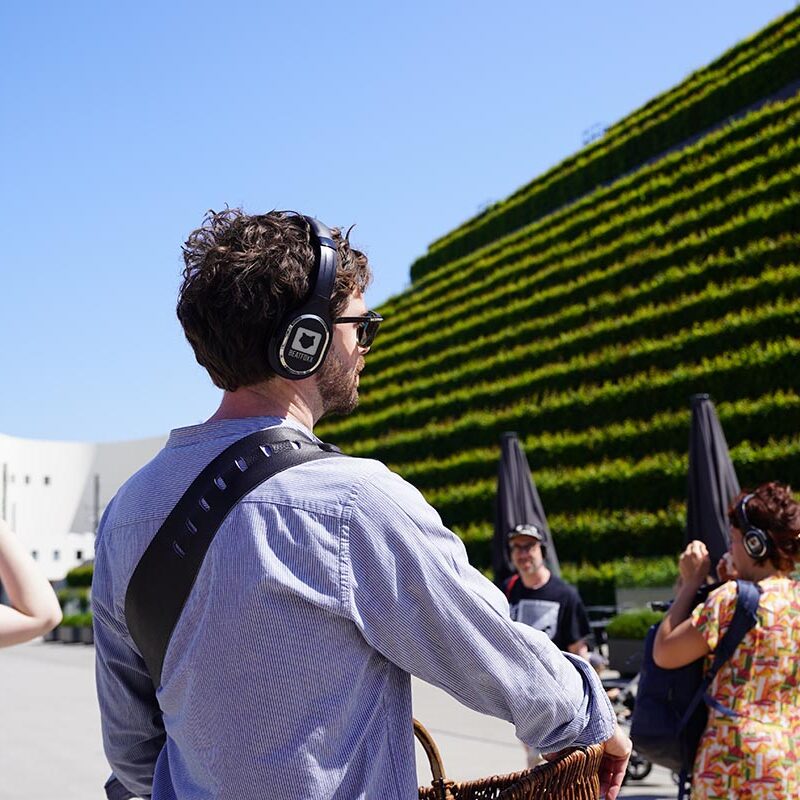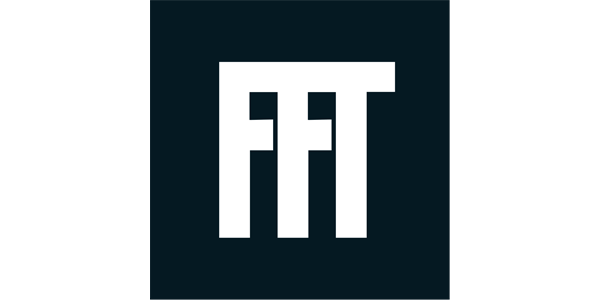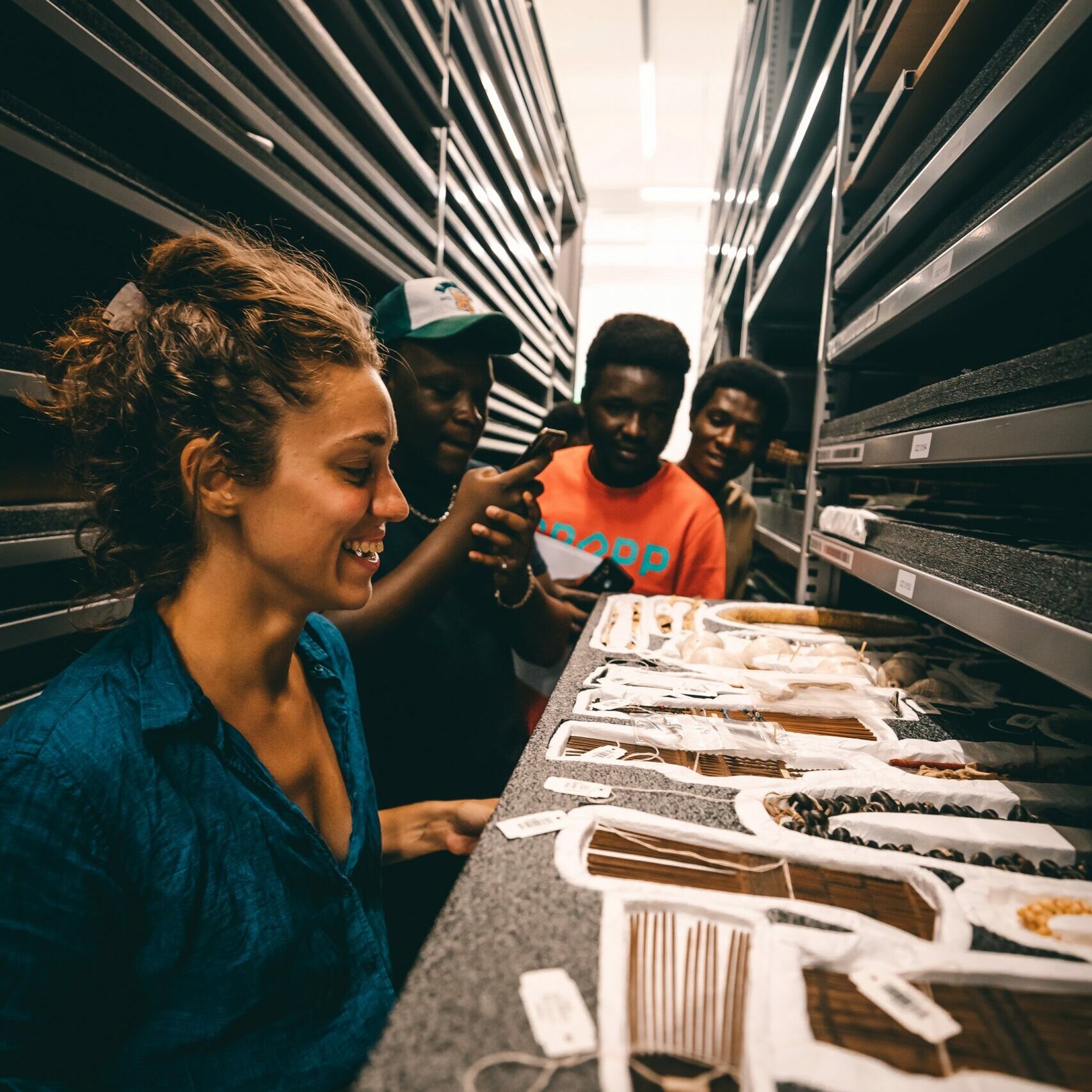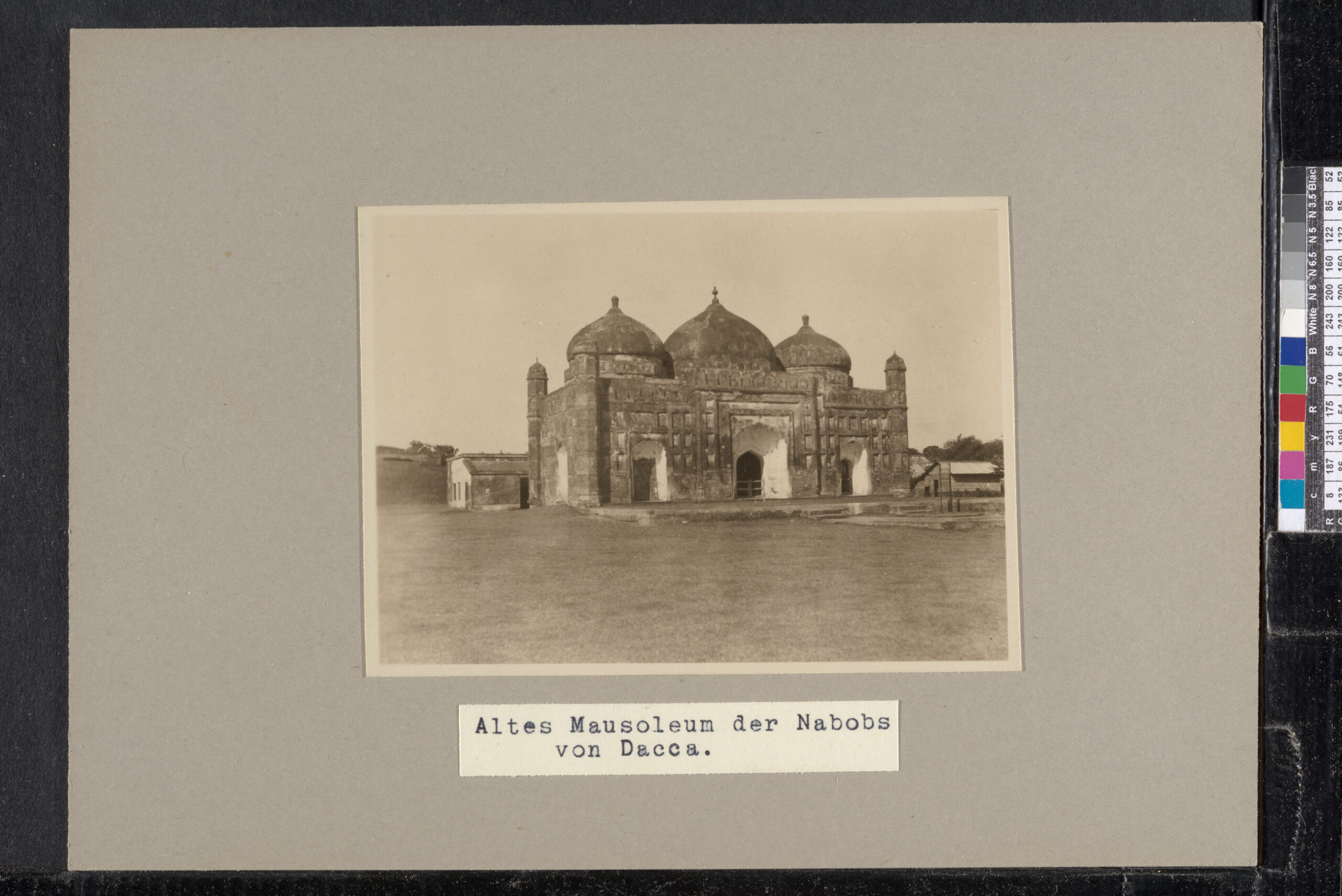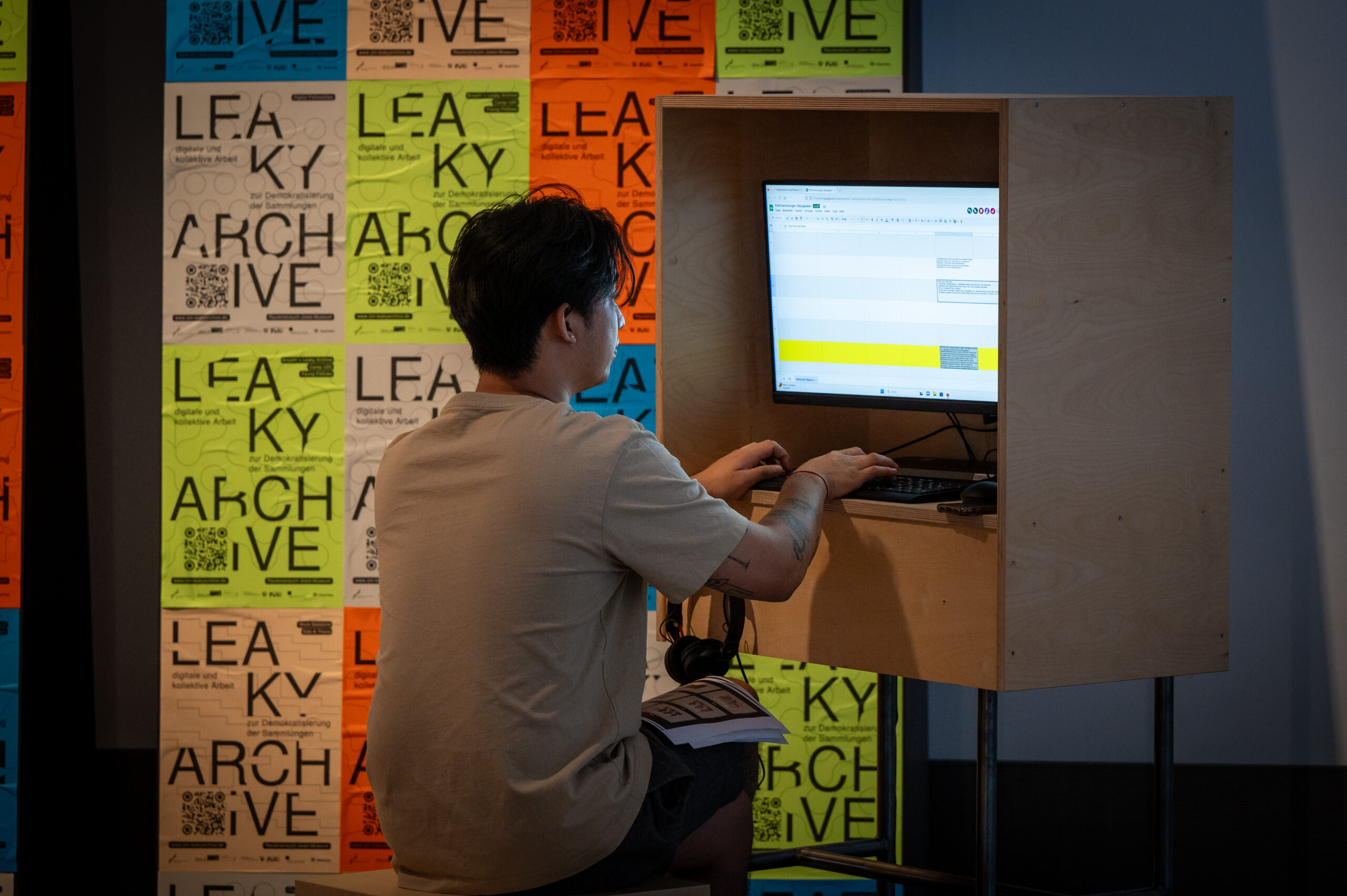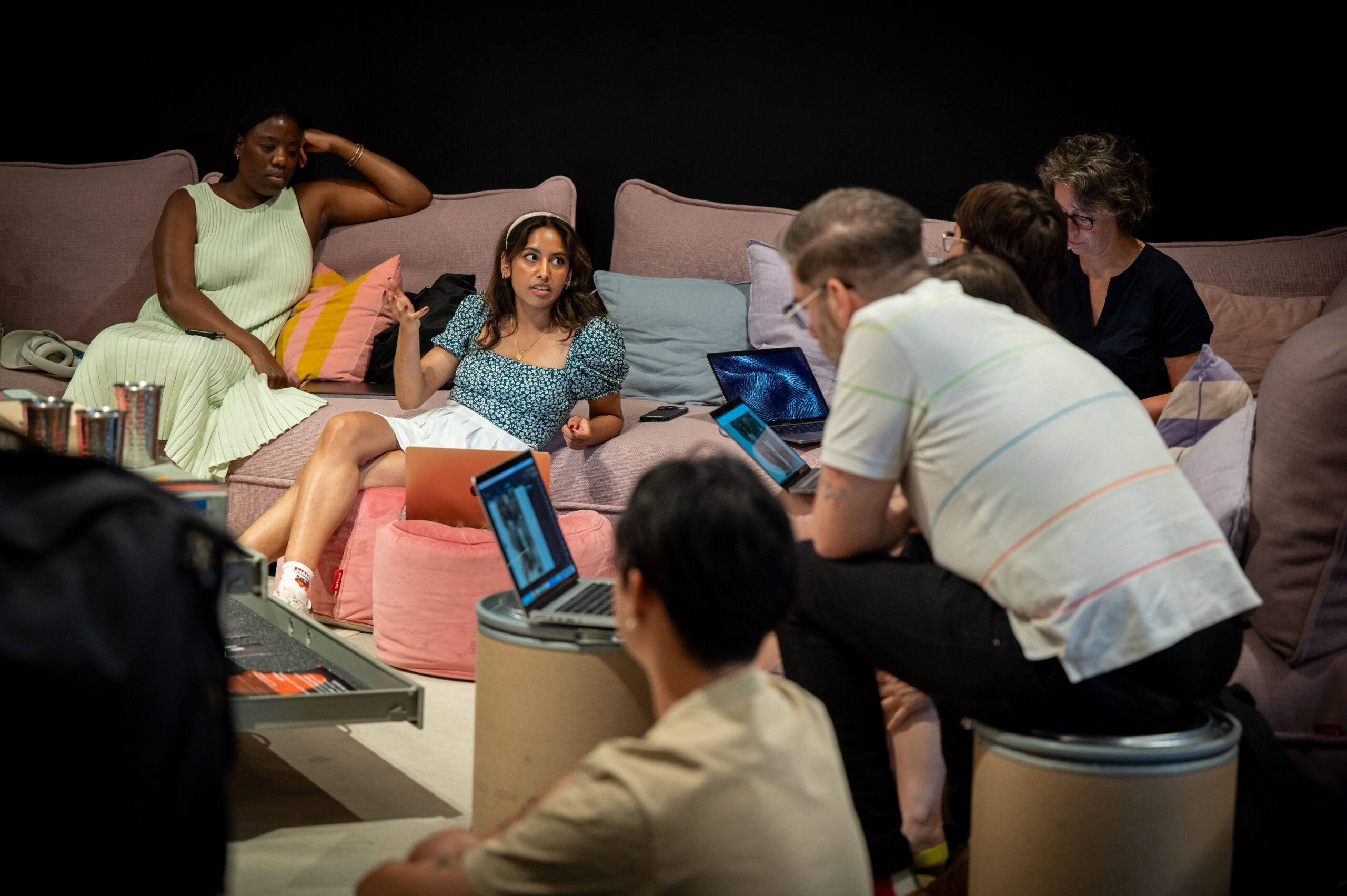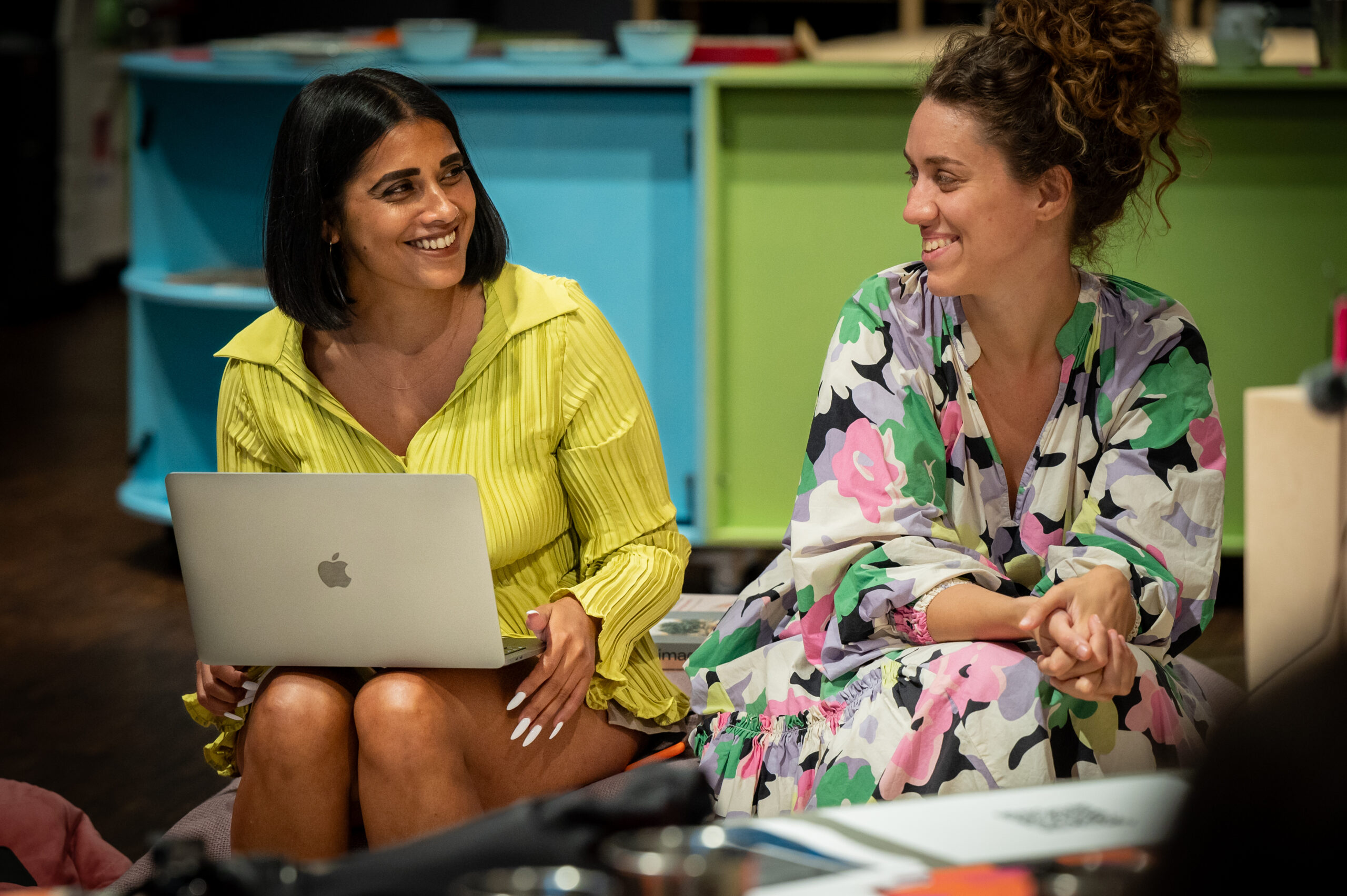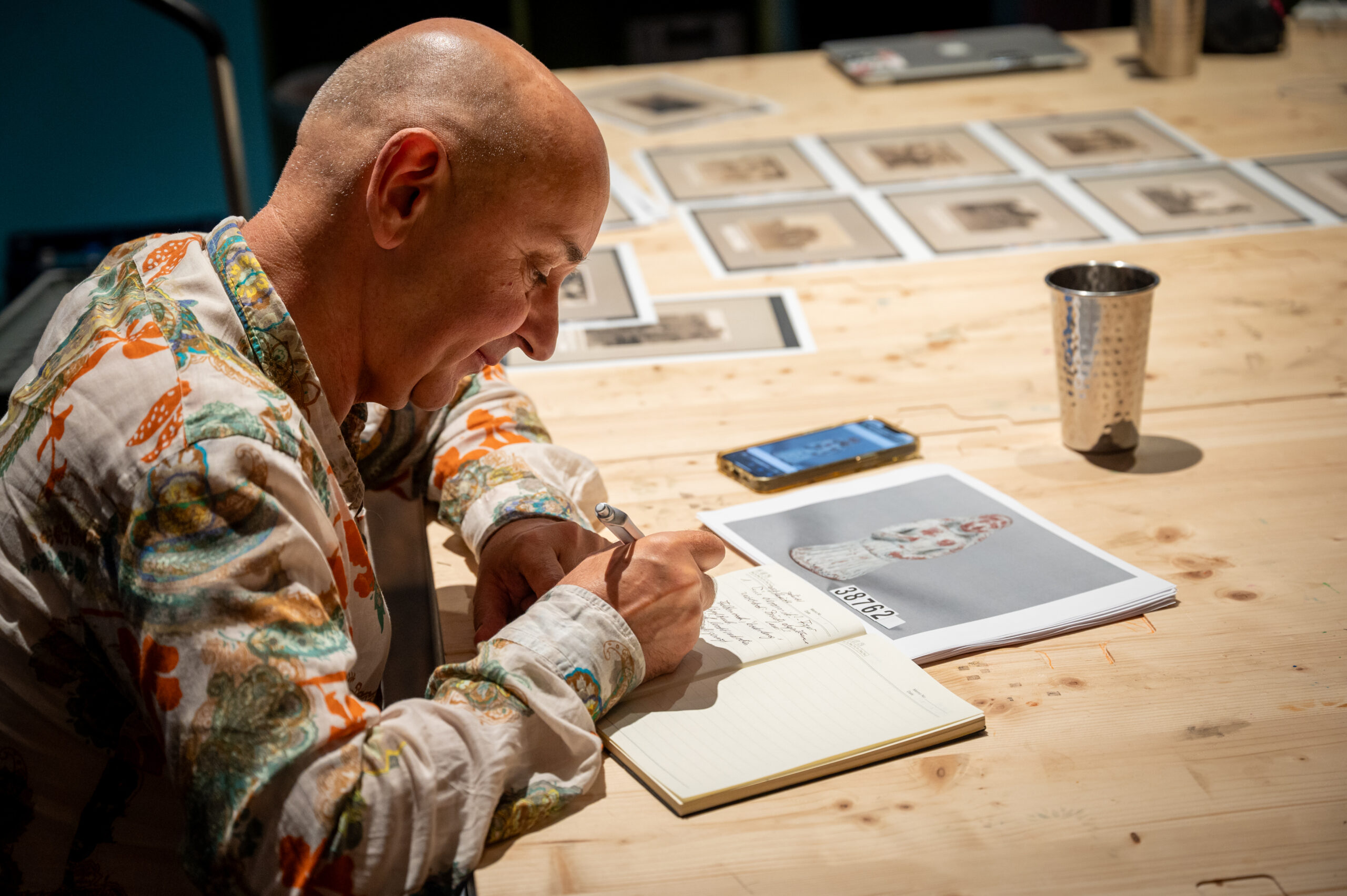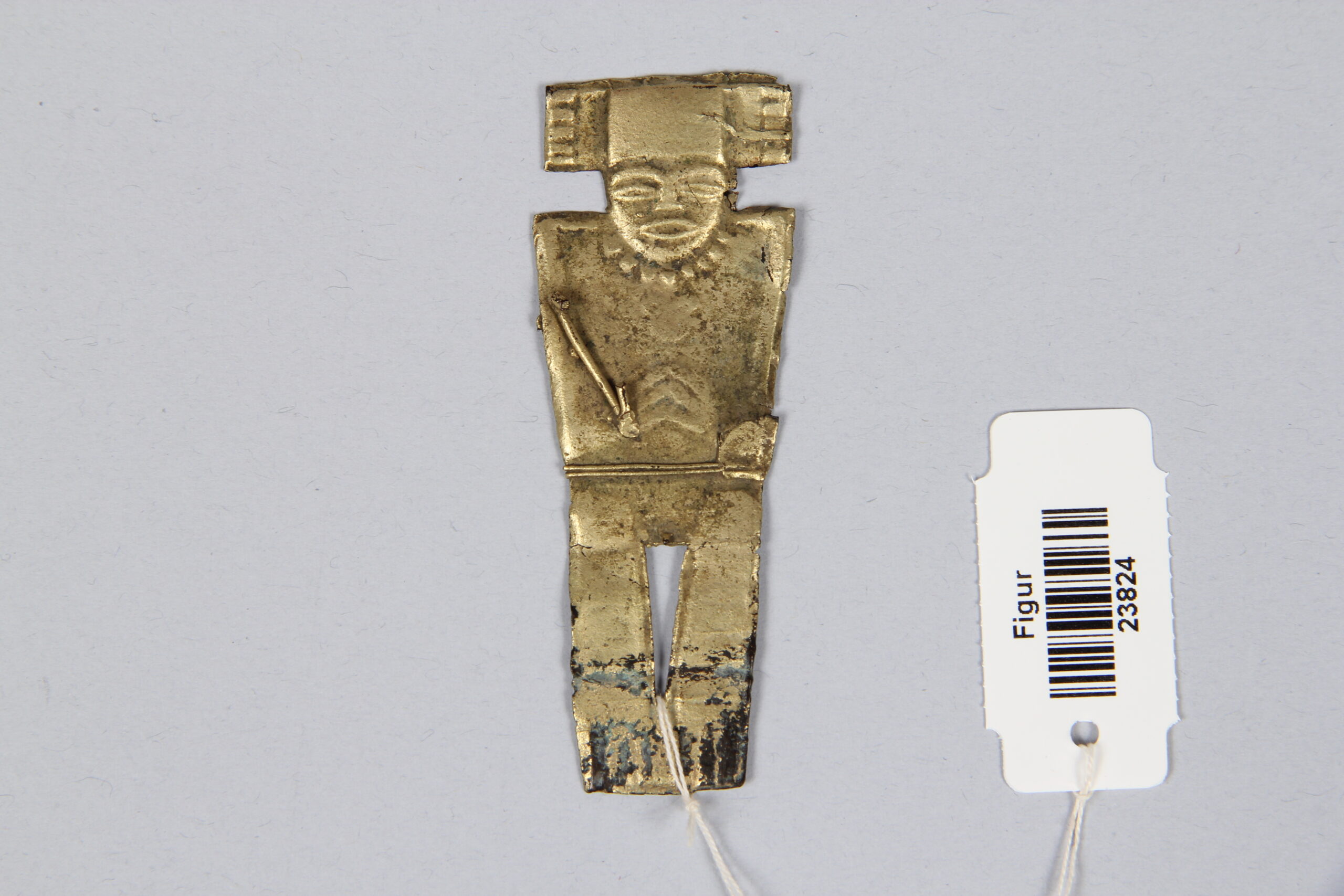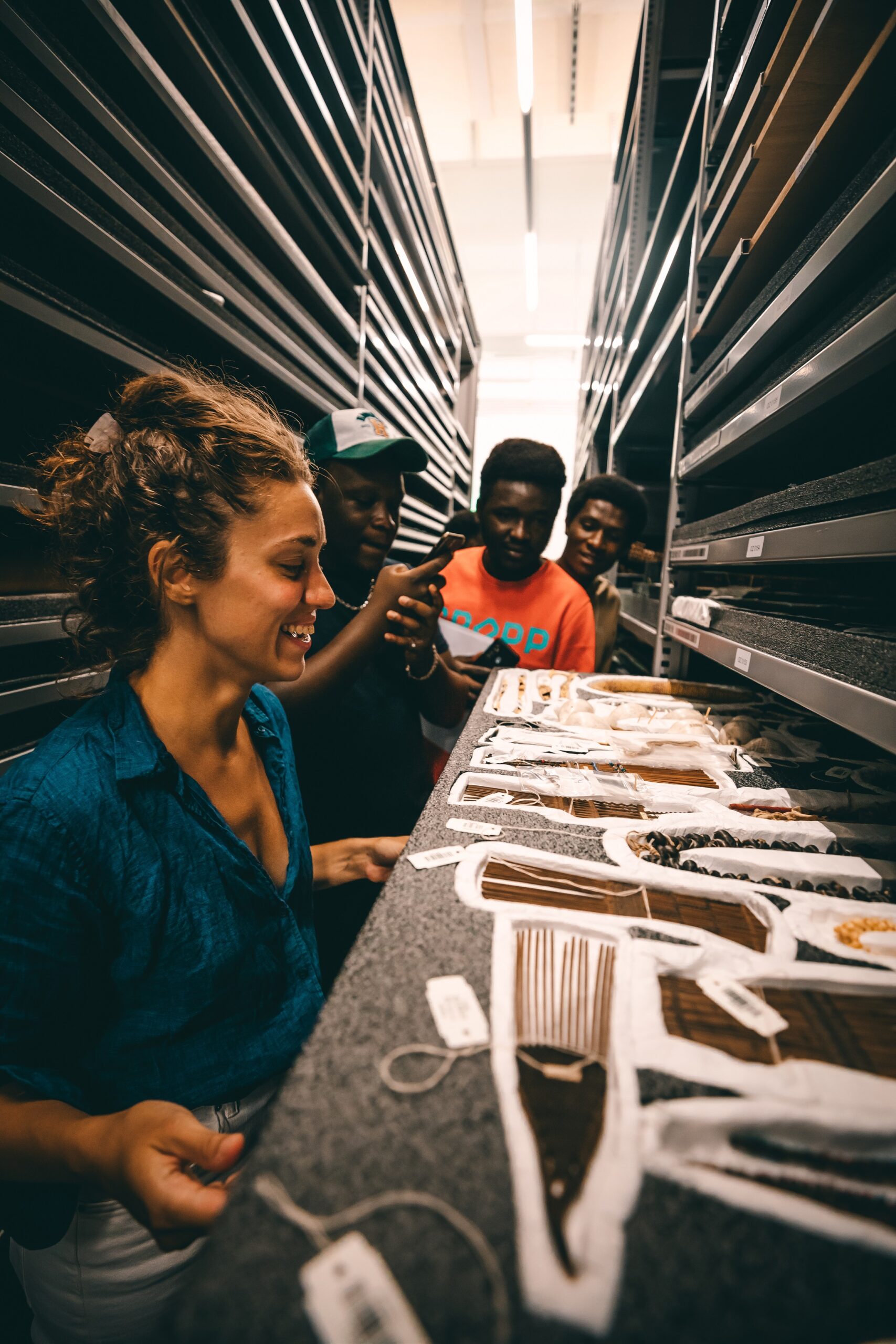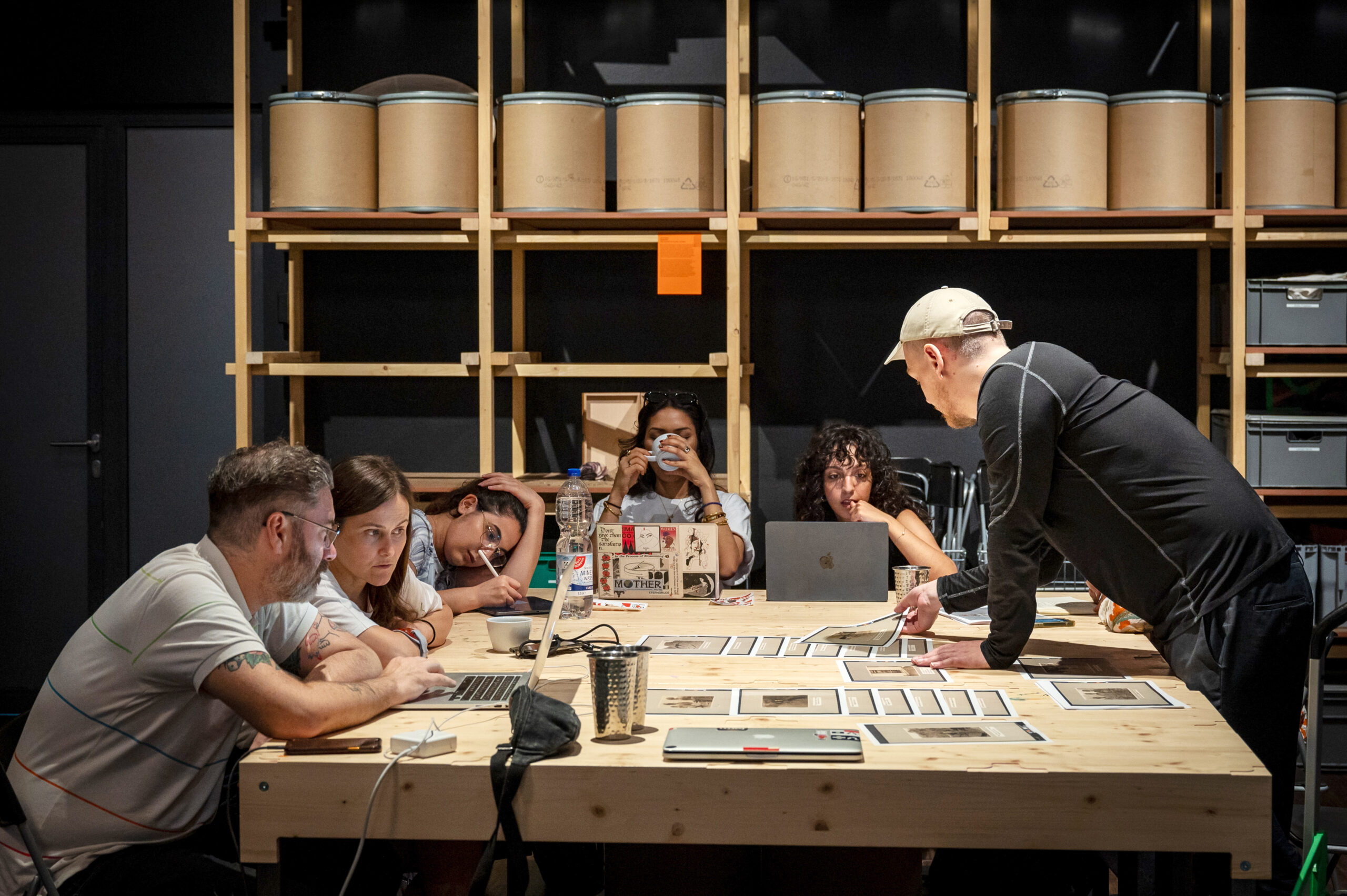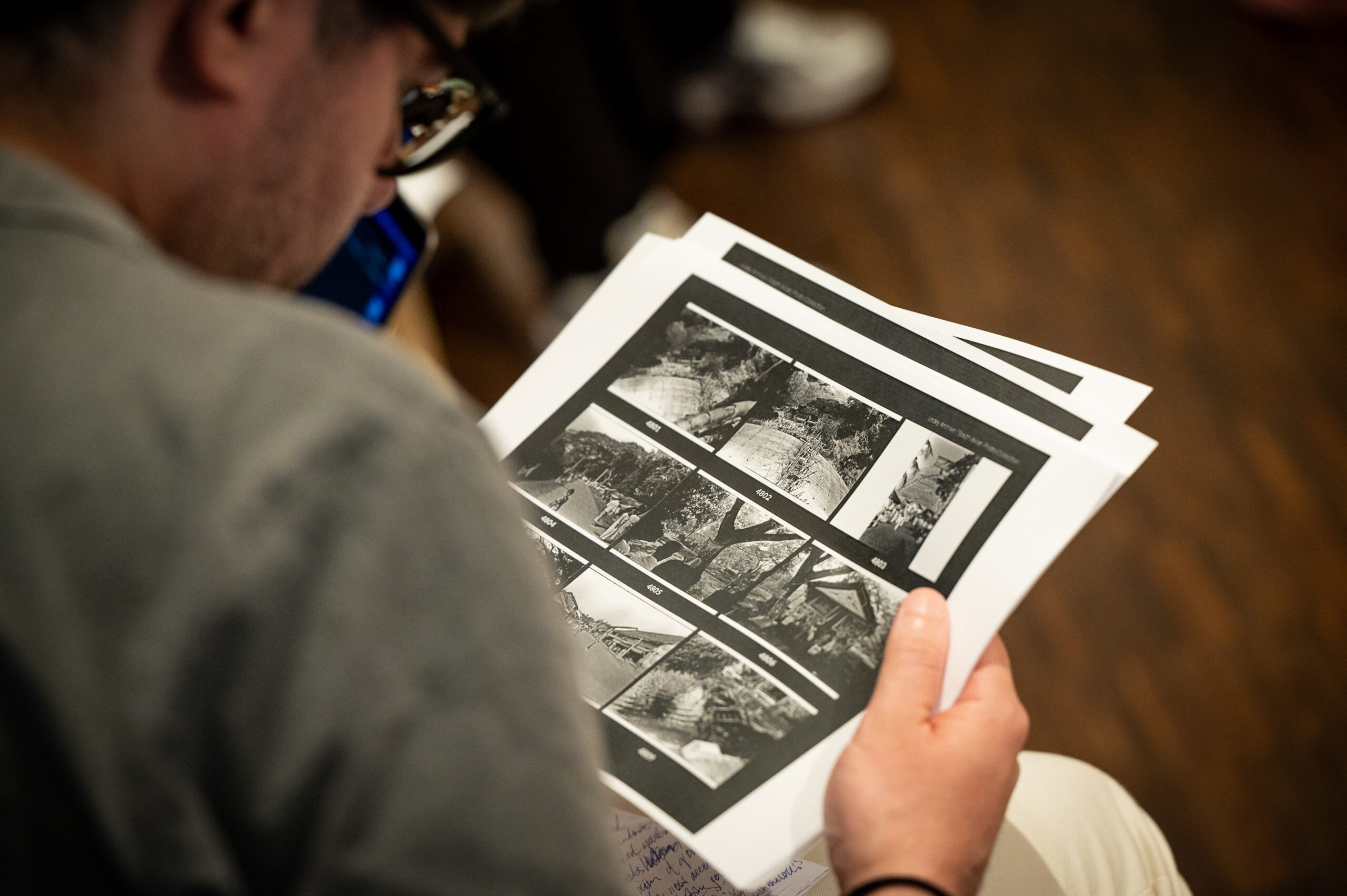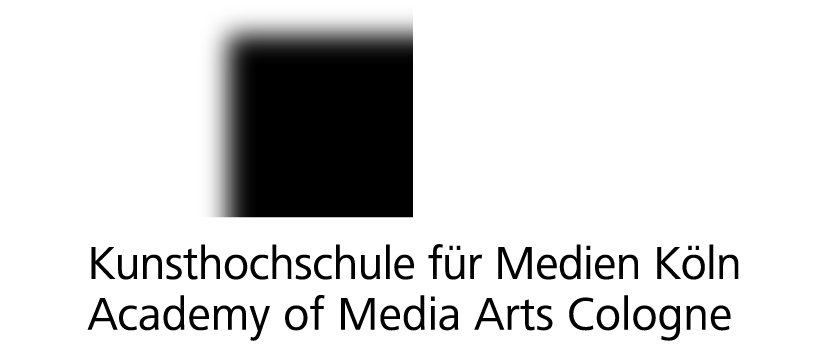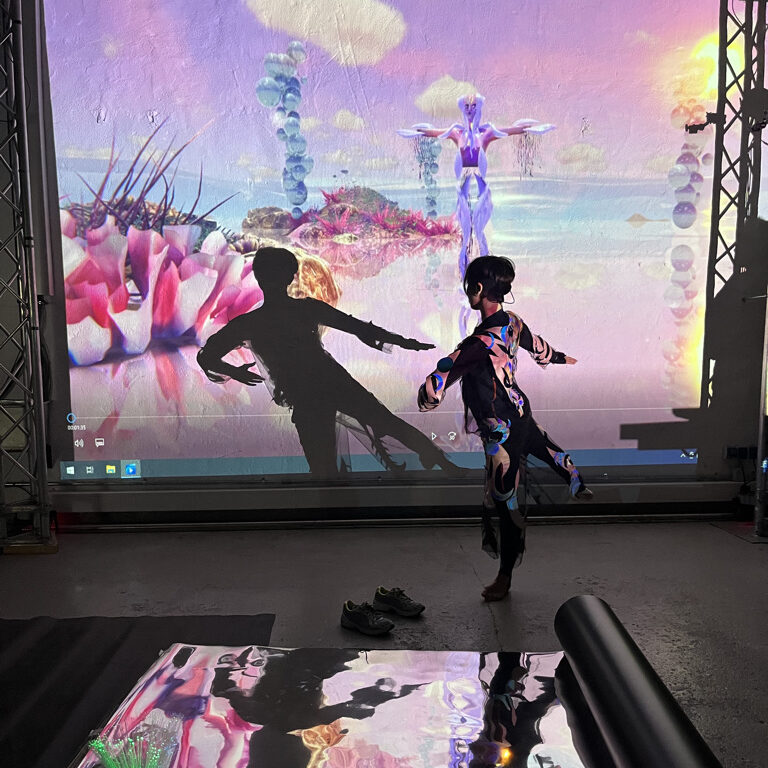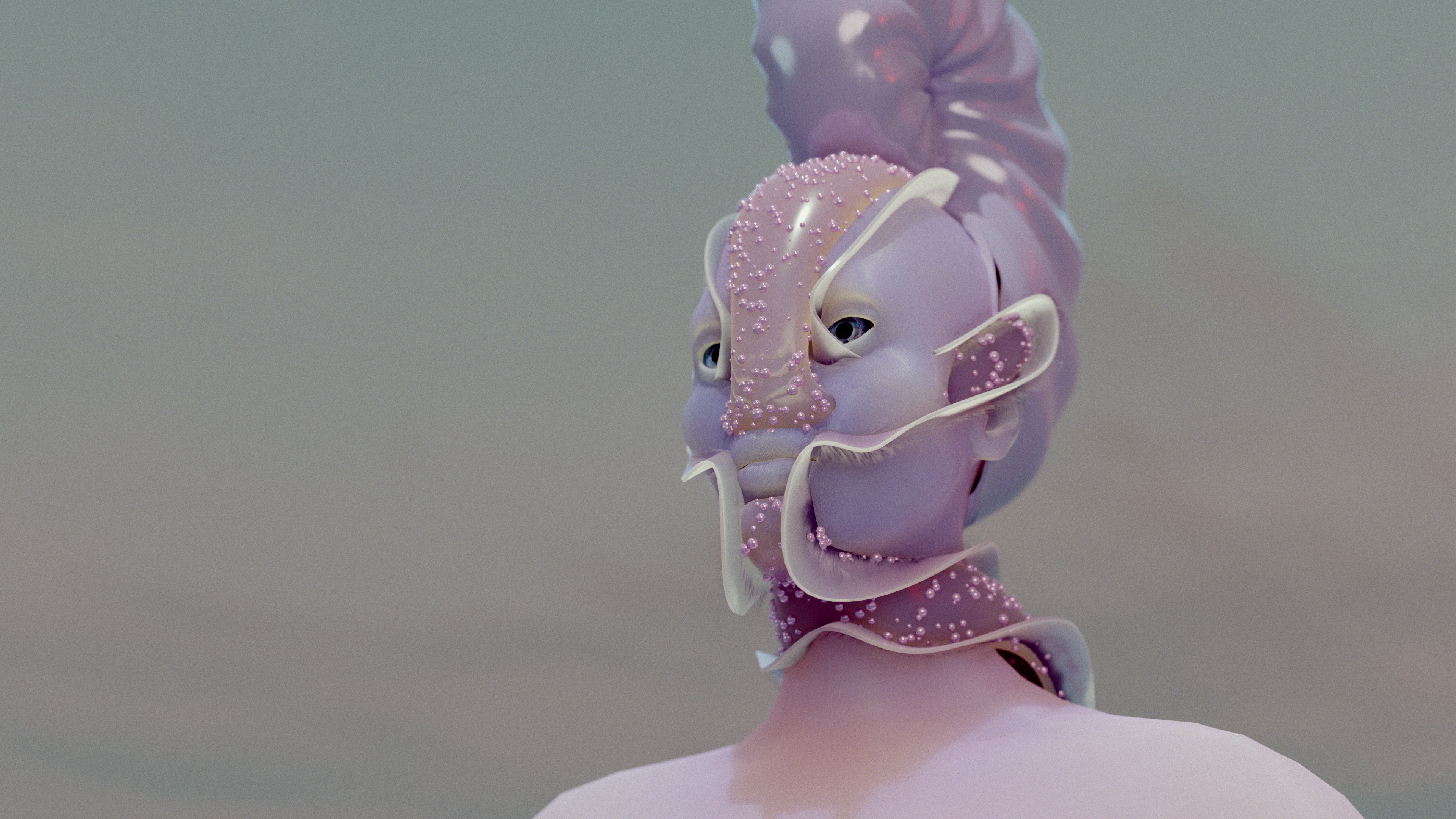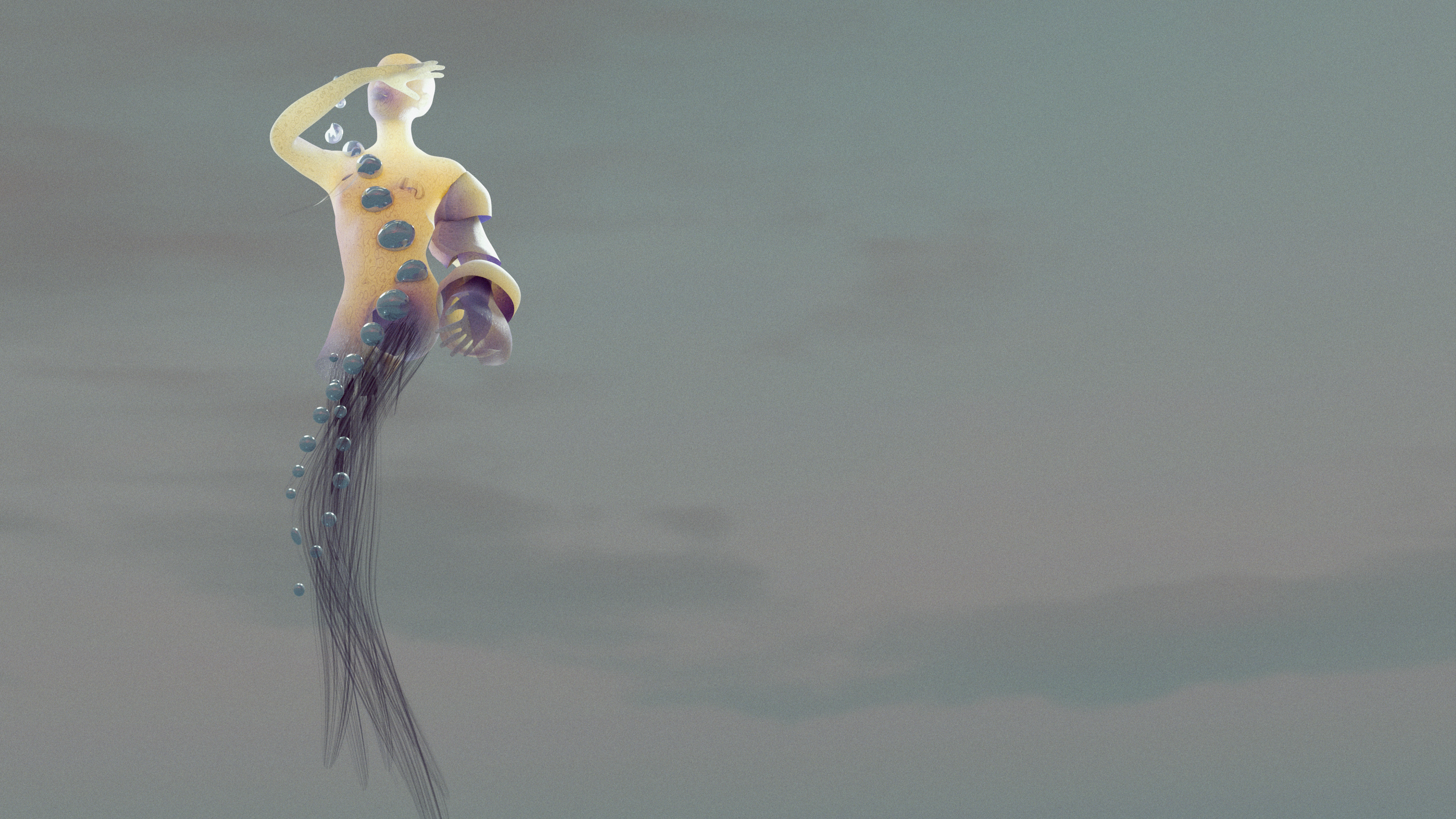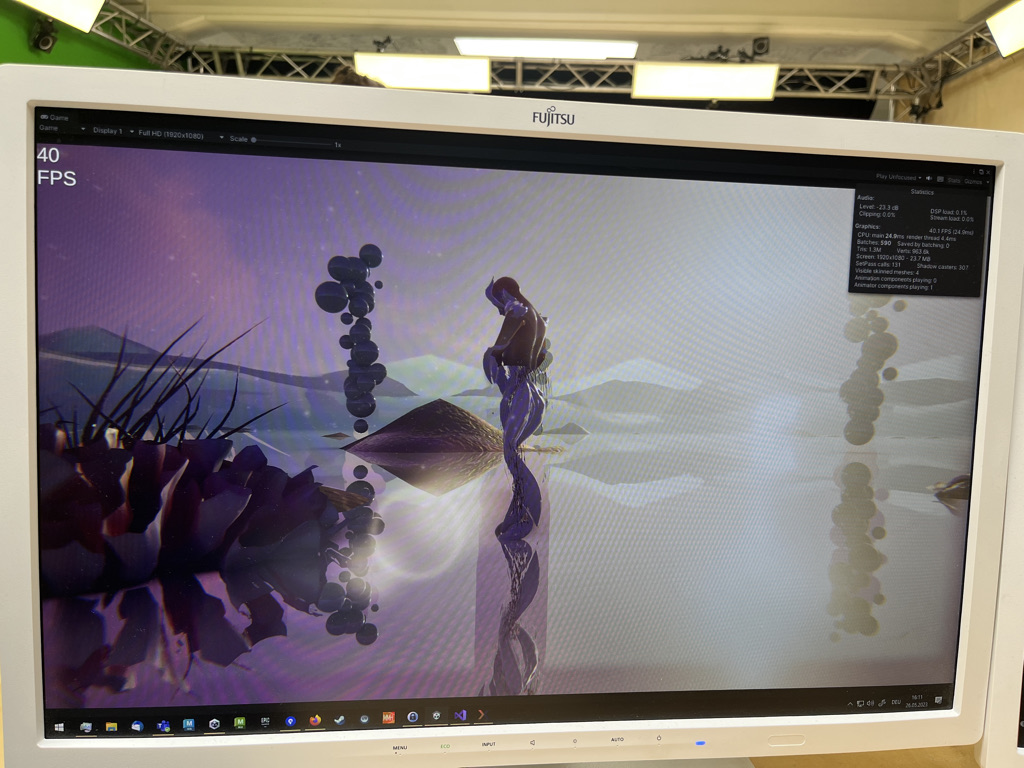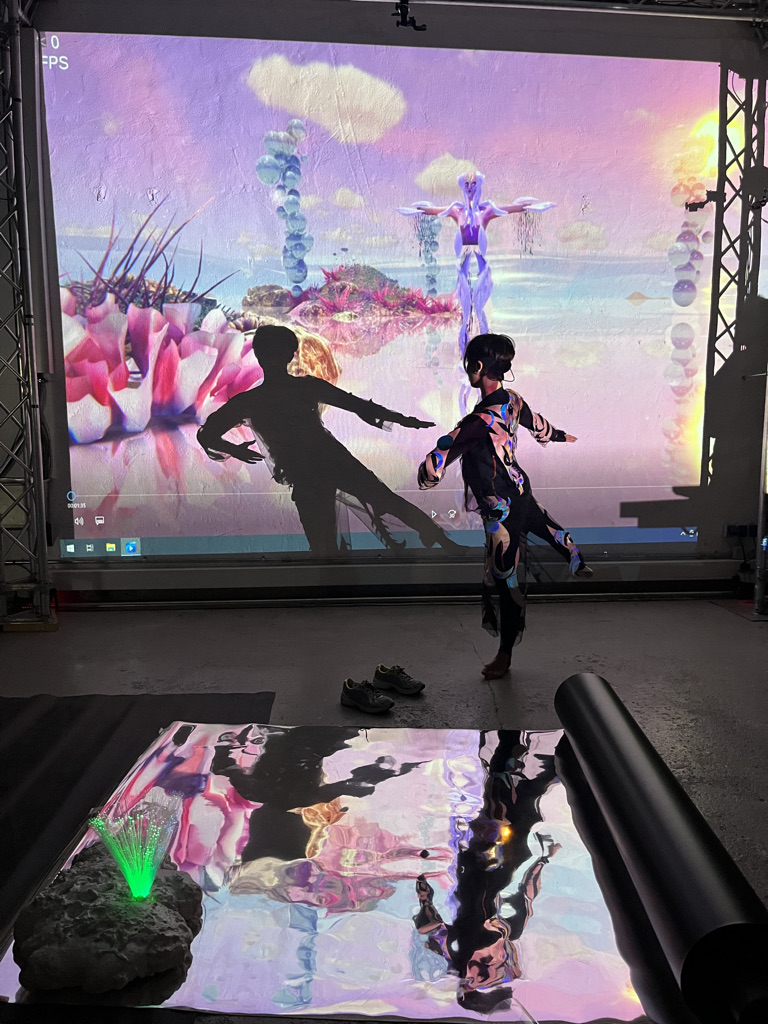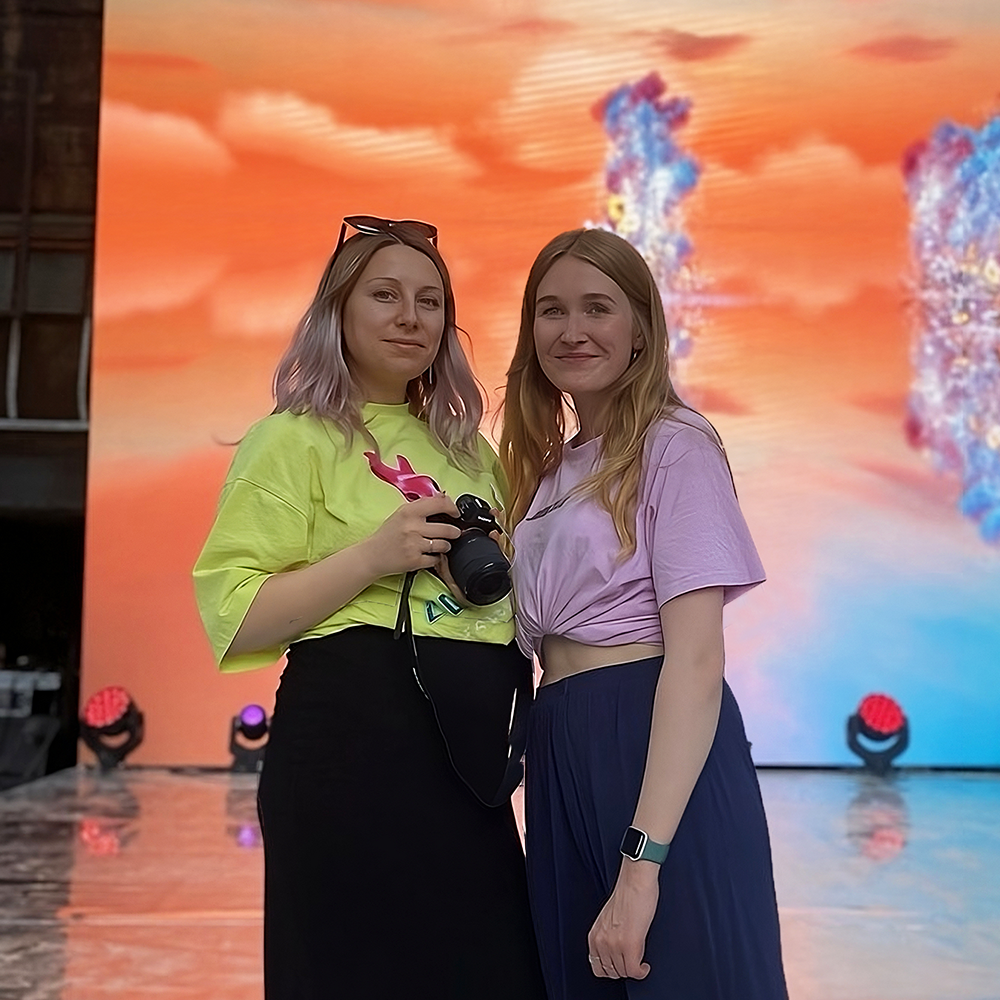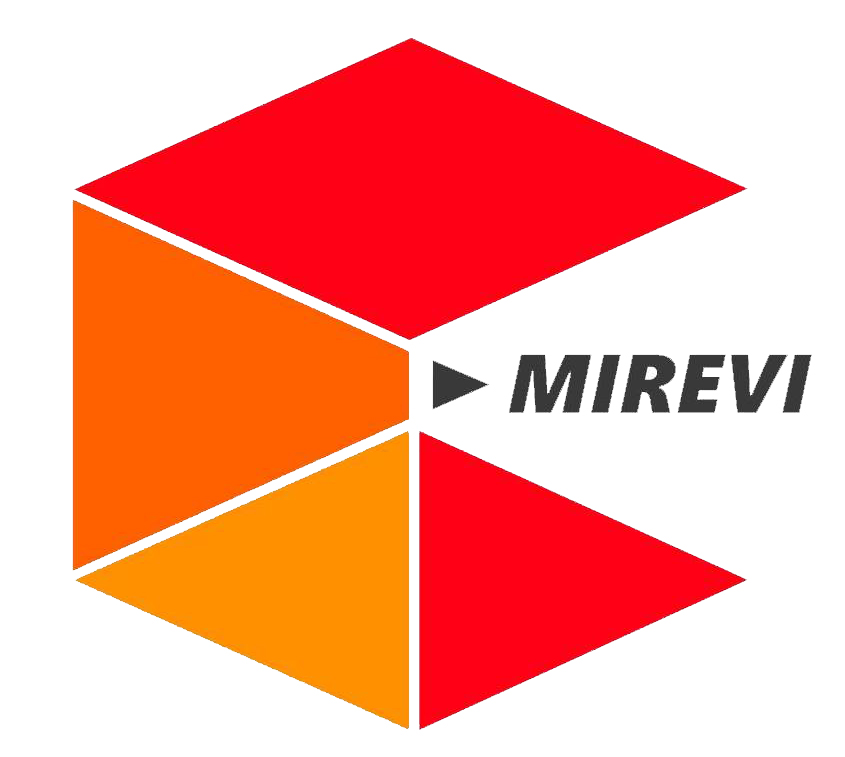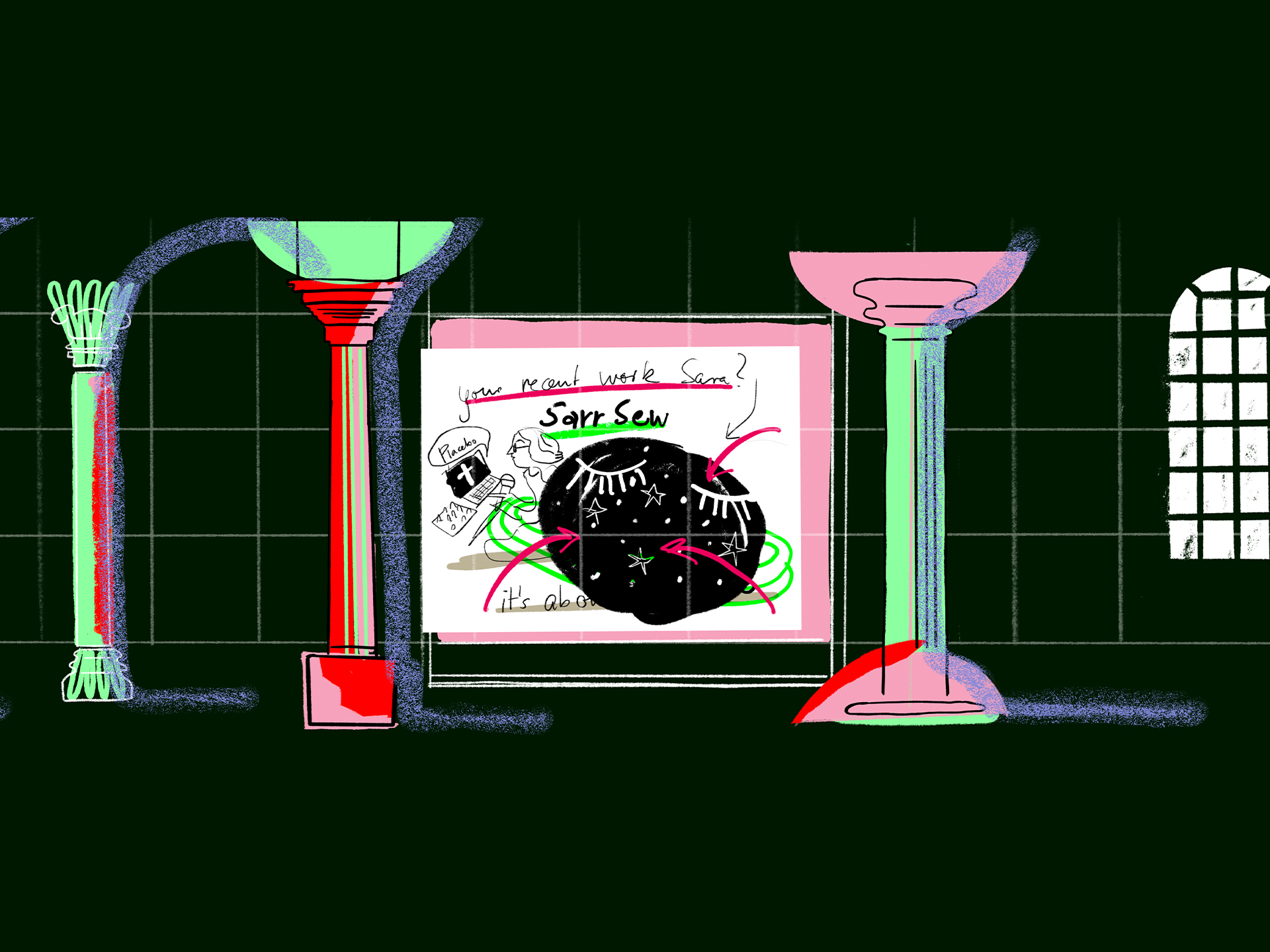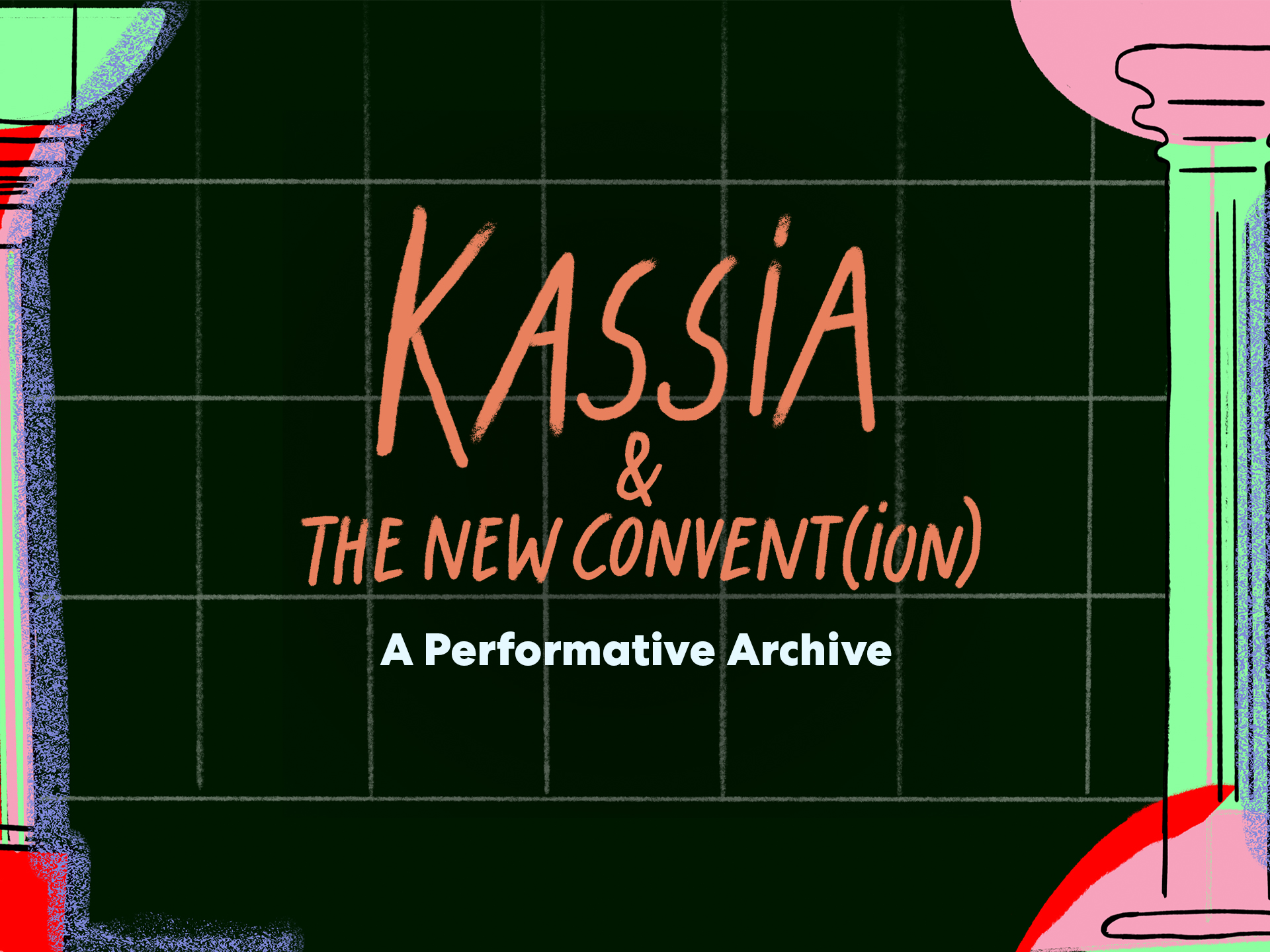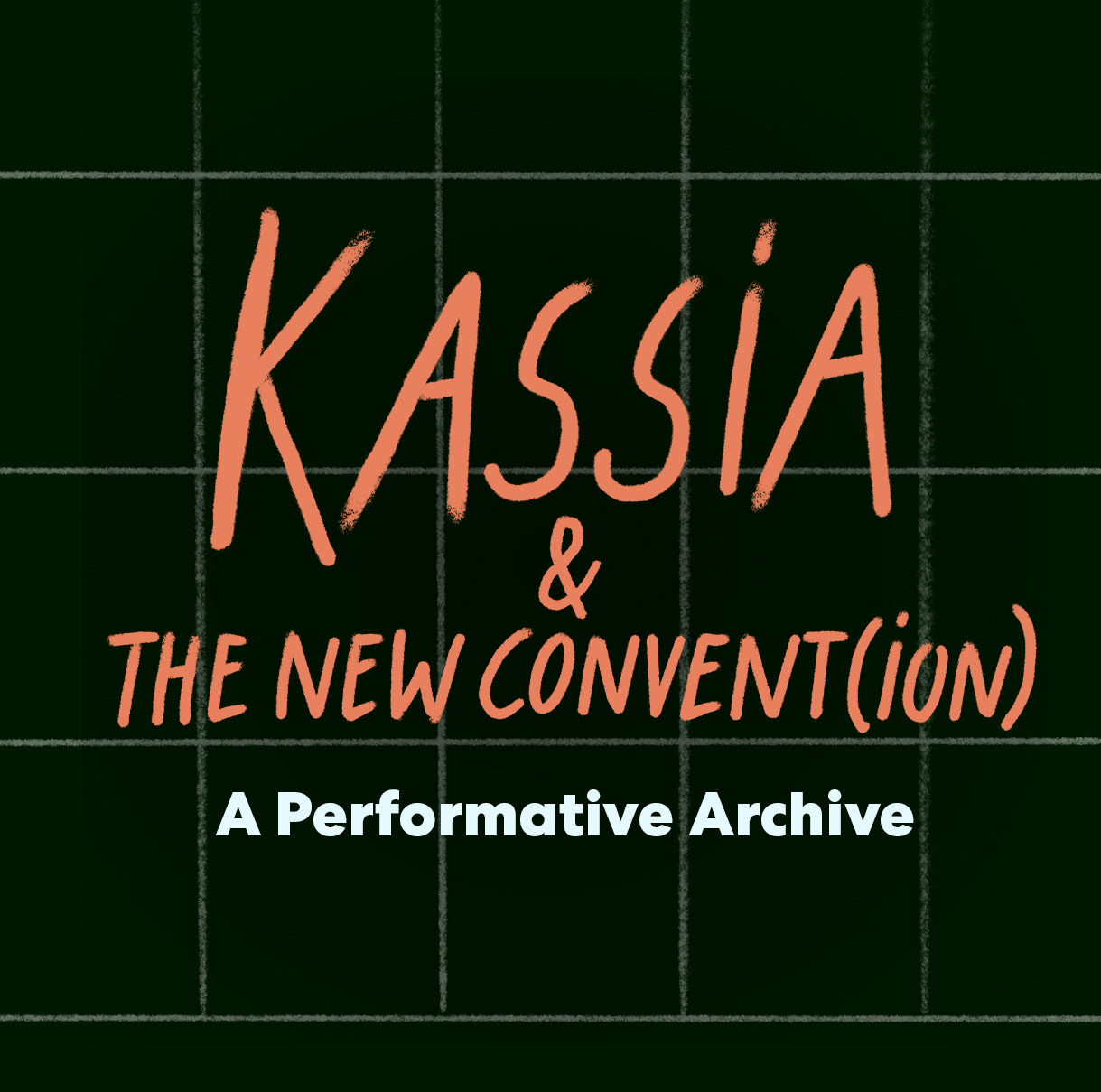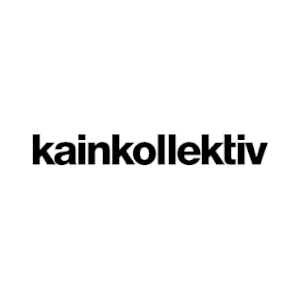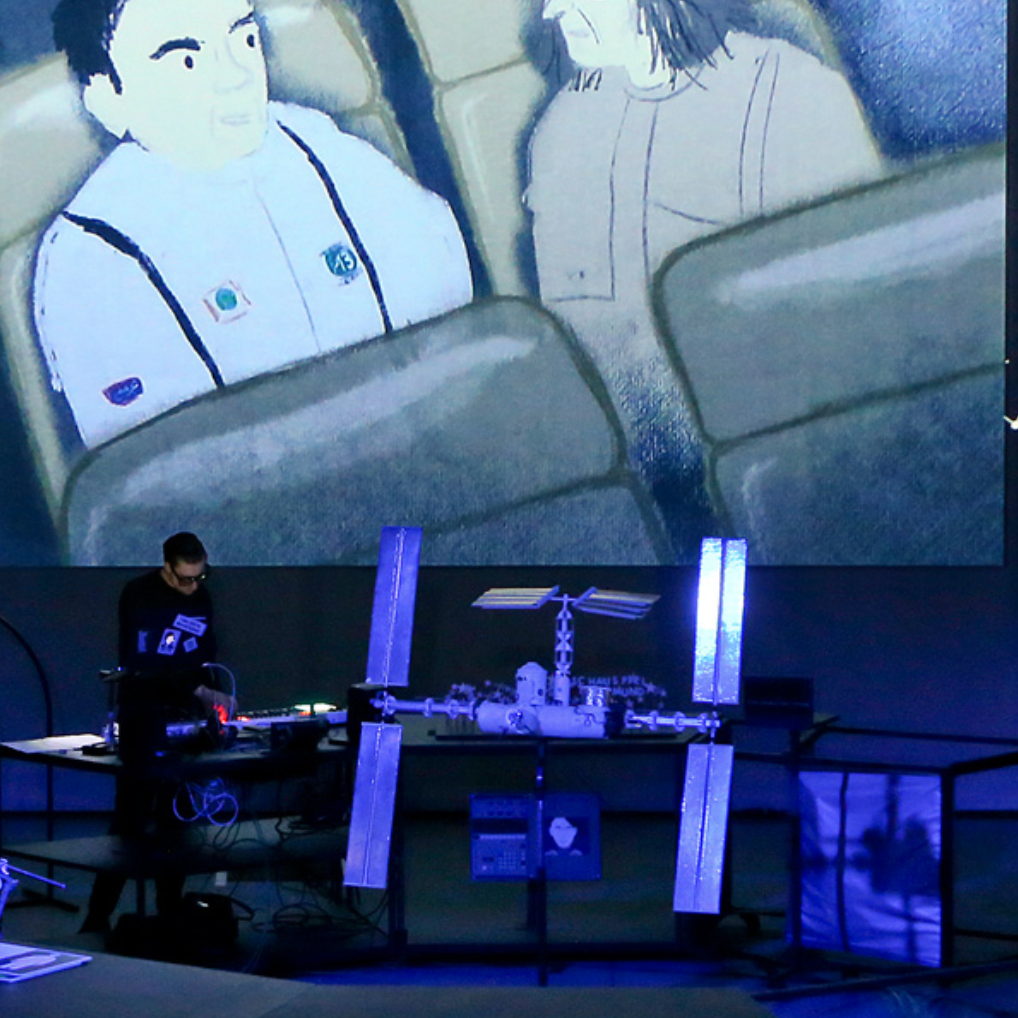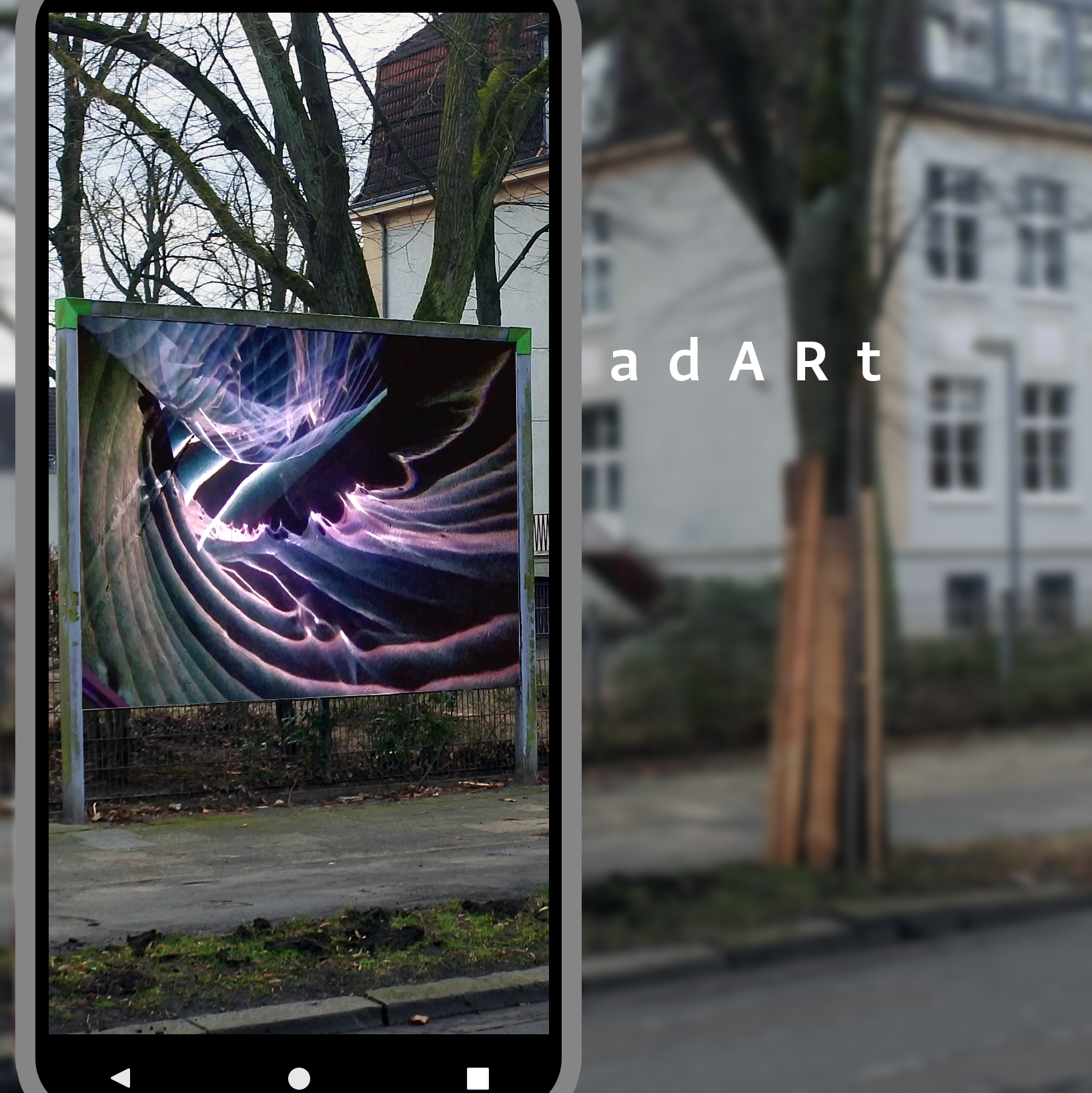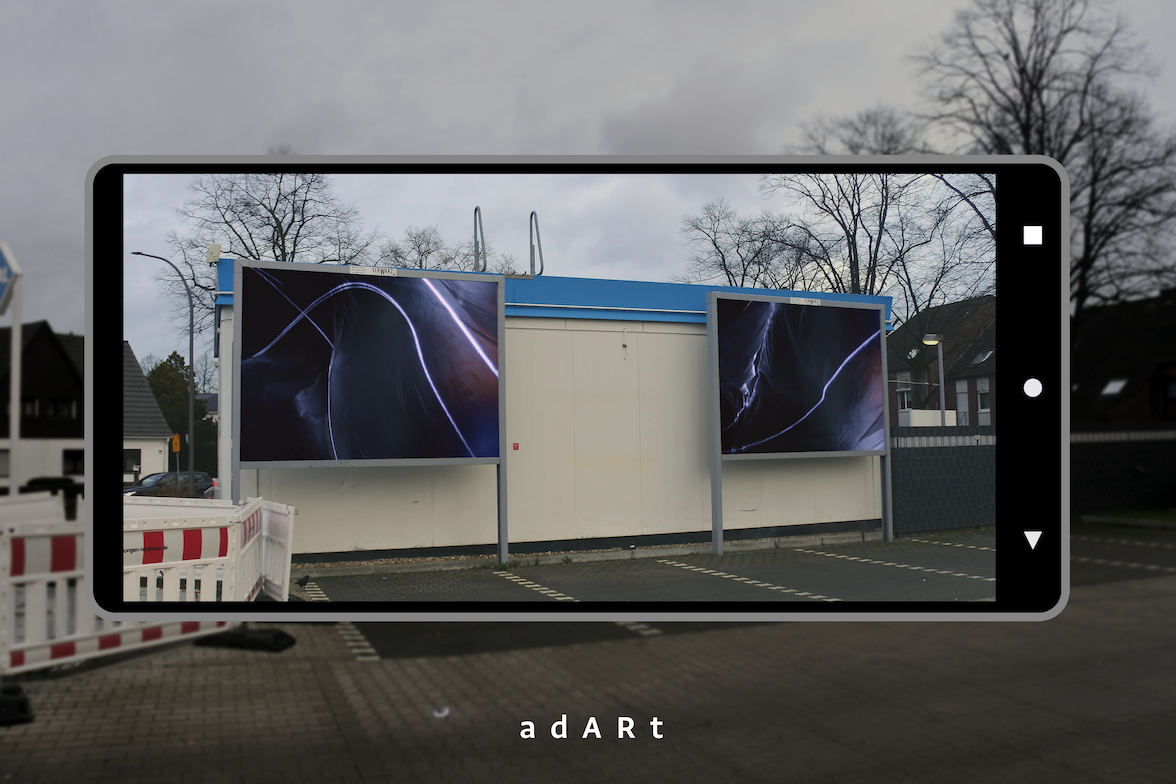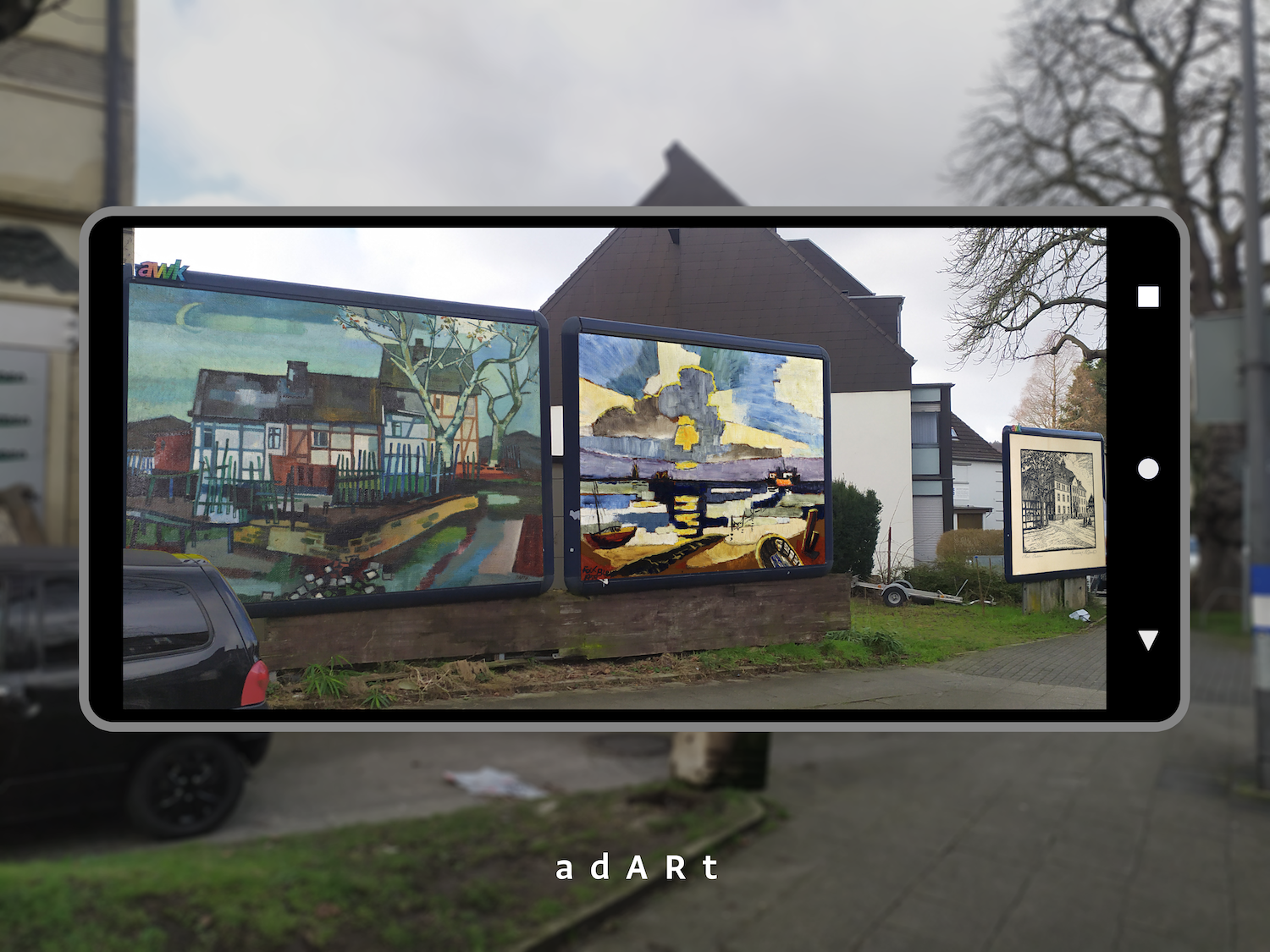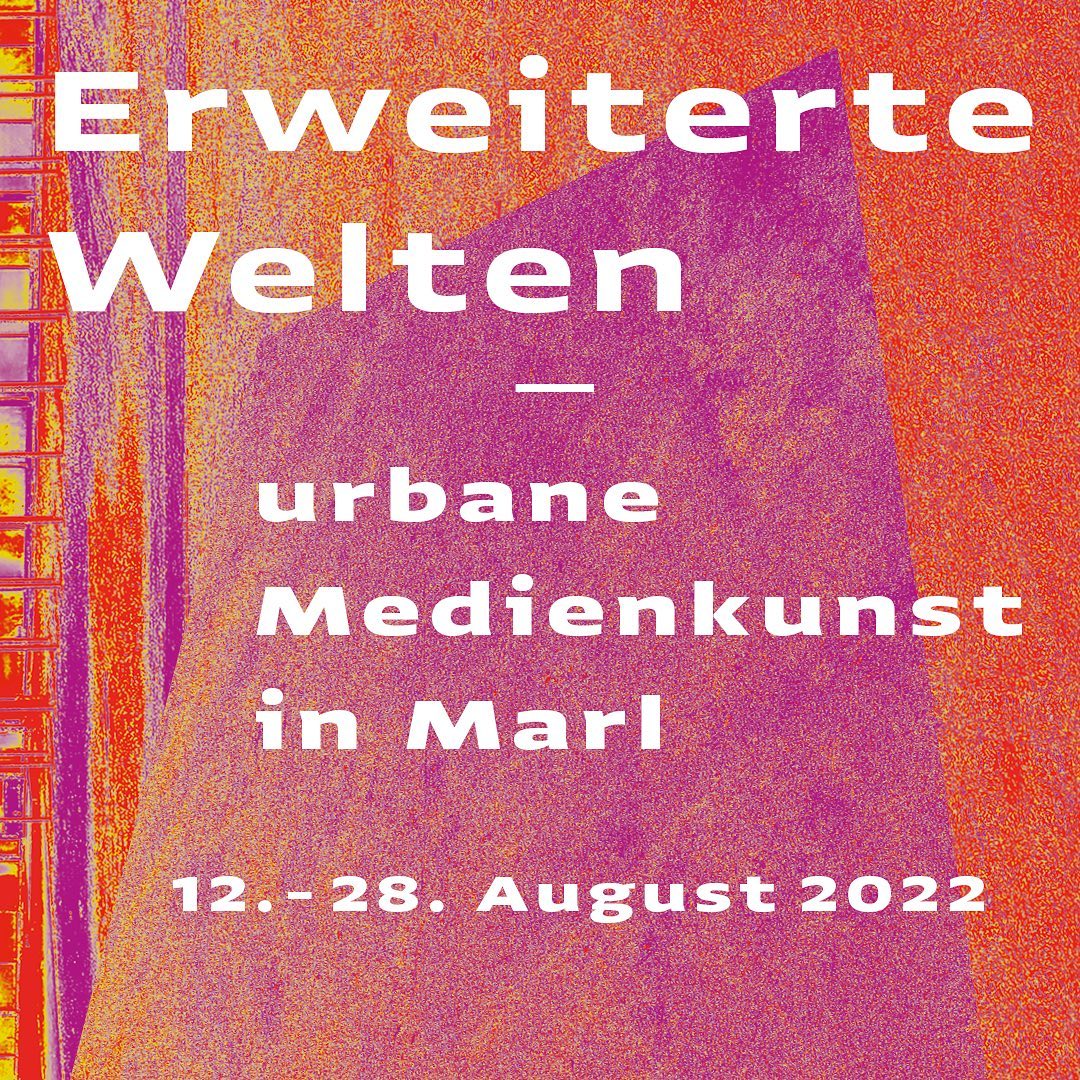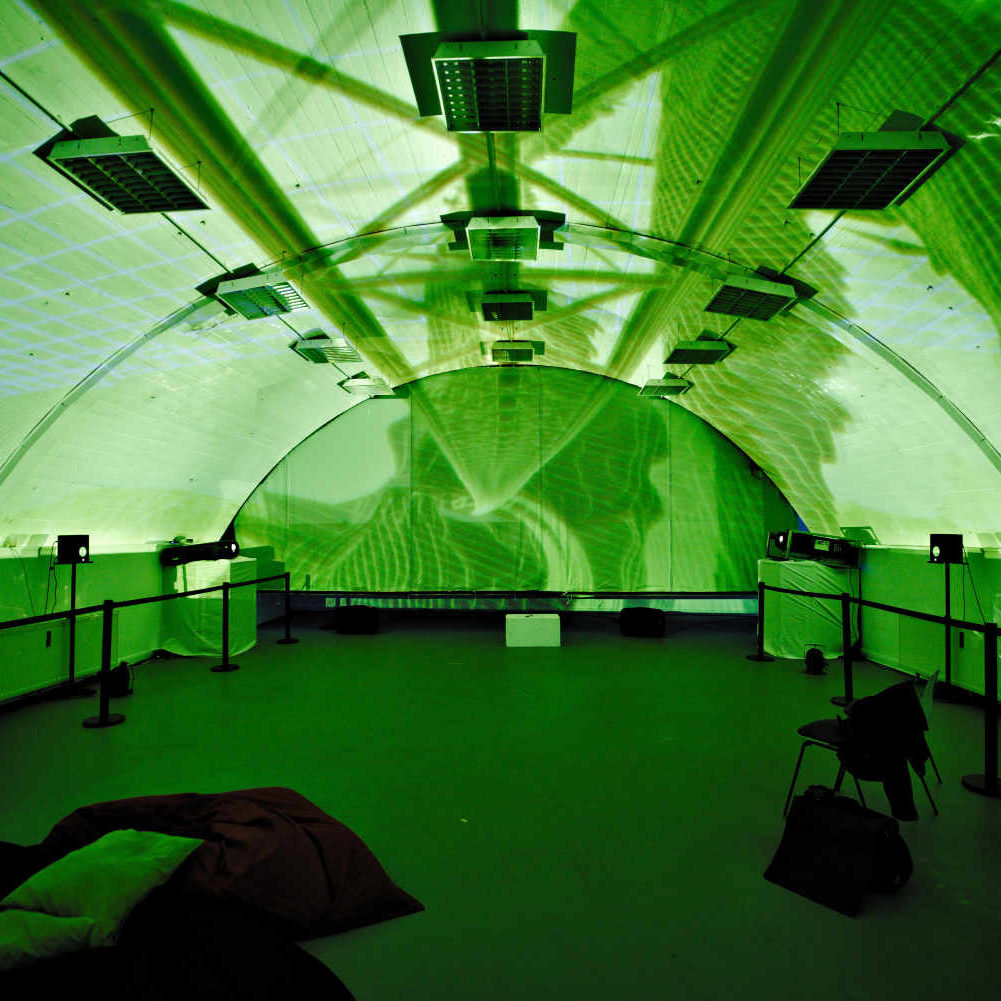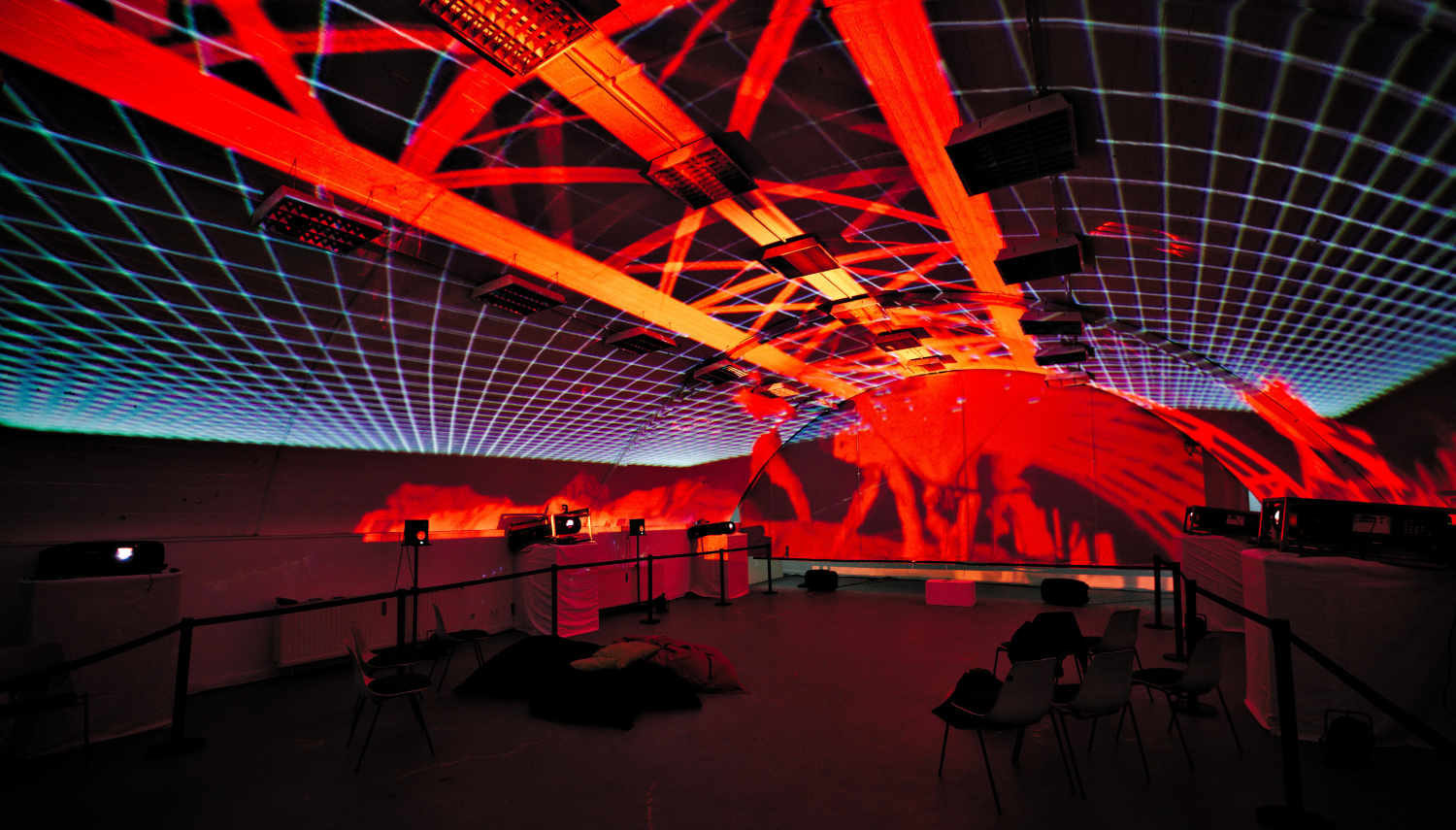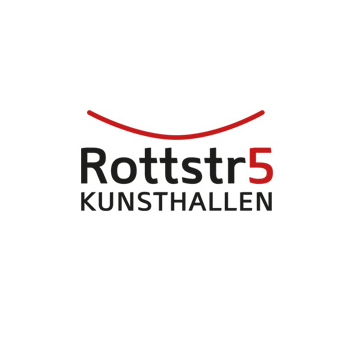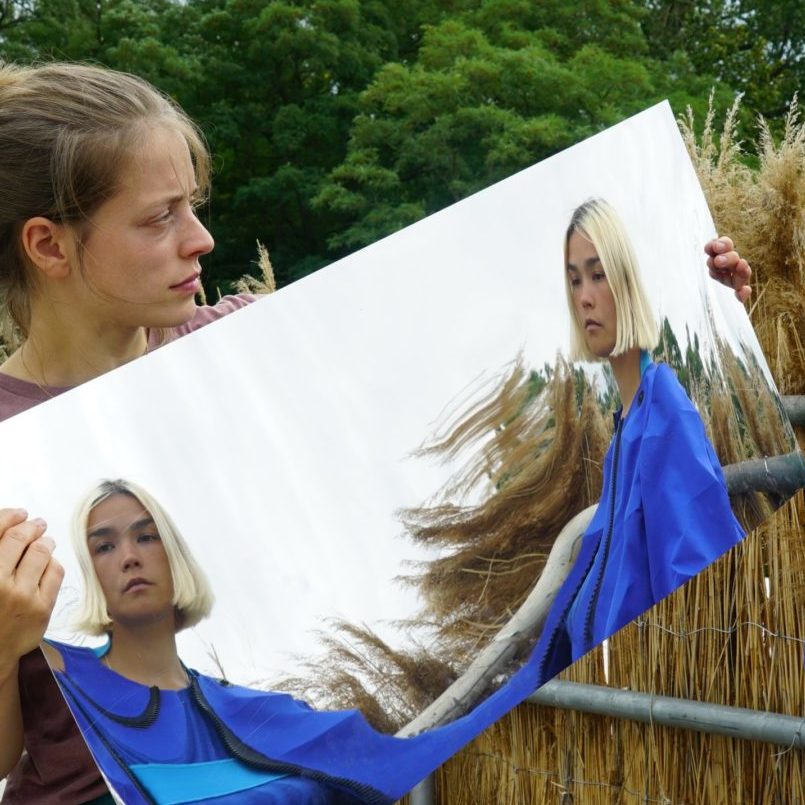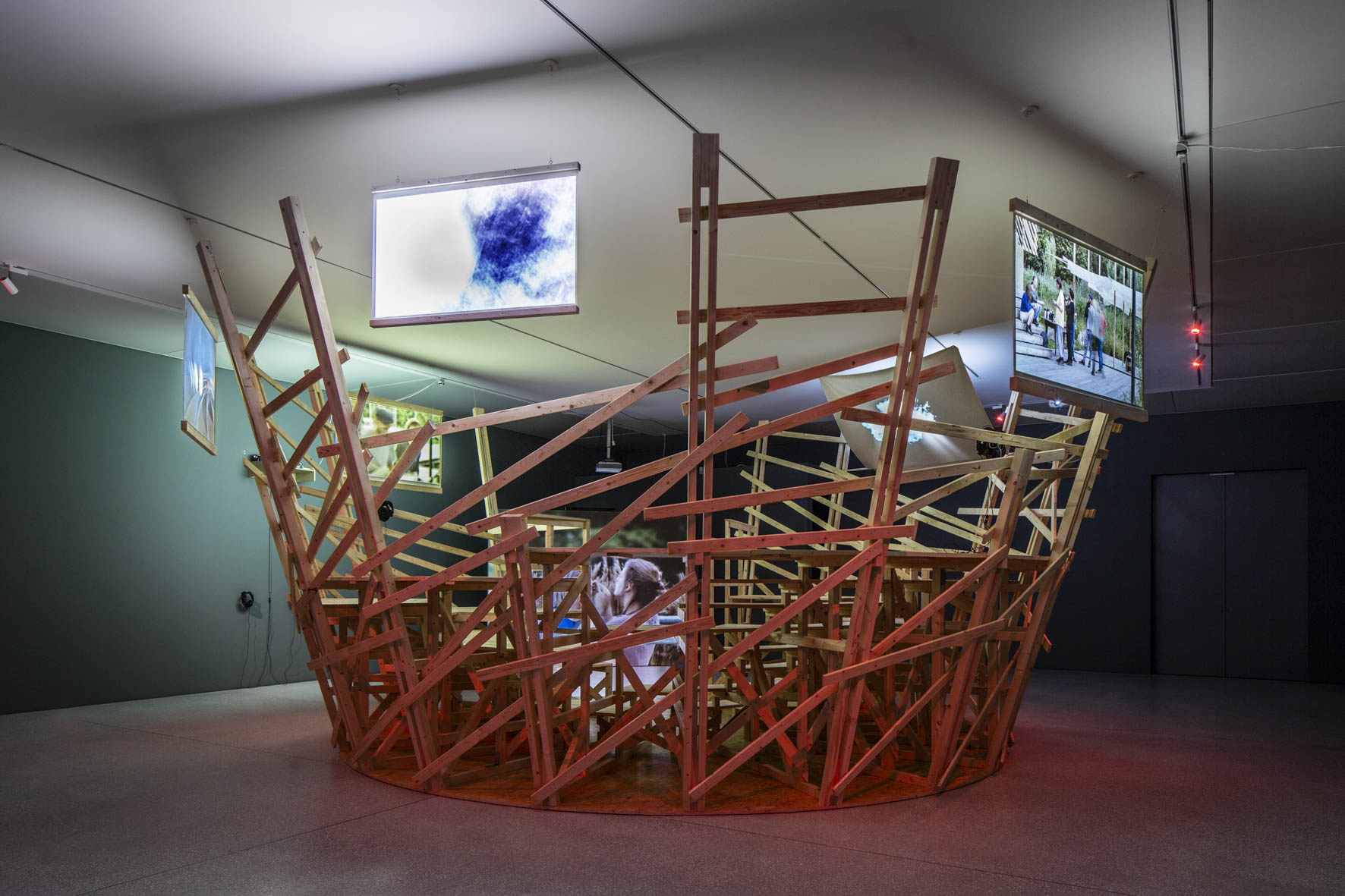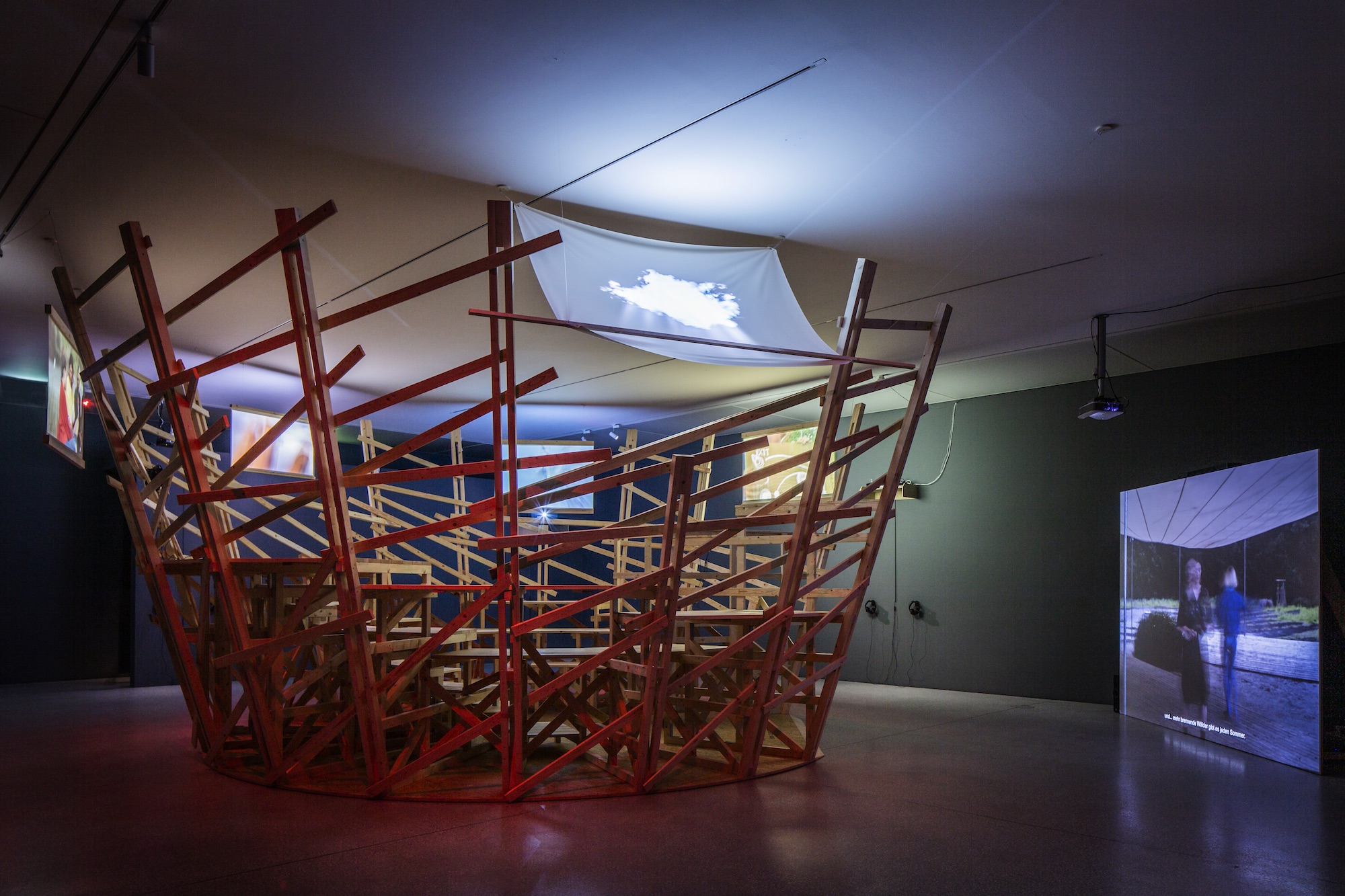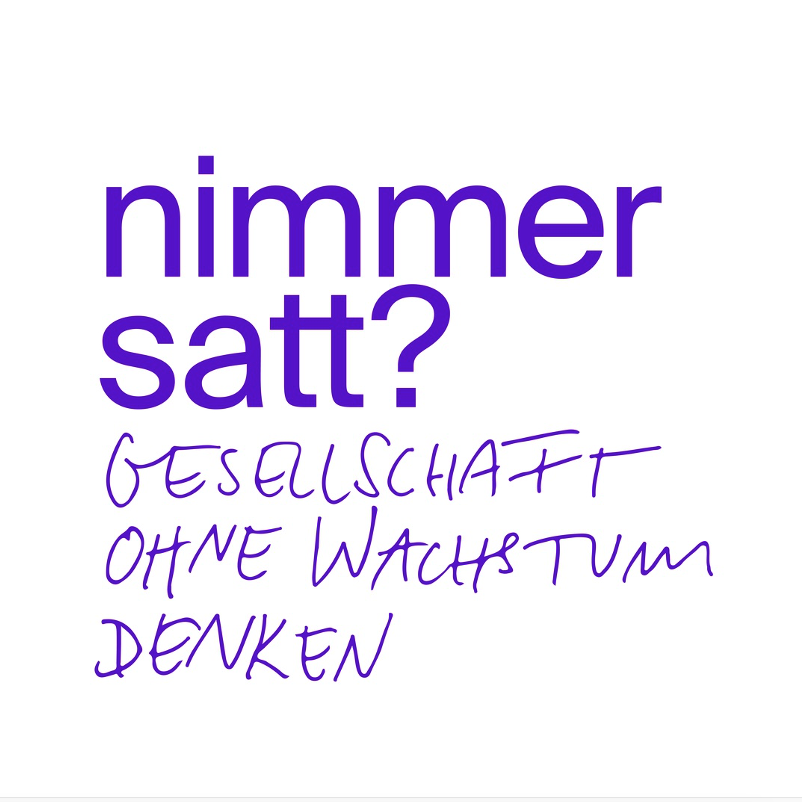STIFTUNG IMAI | VIDEONALE E.V.: „VIDEO DIGEST”
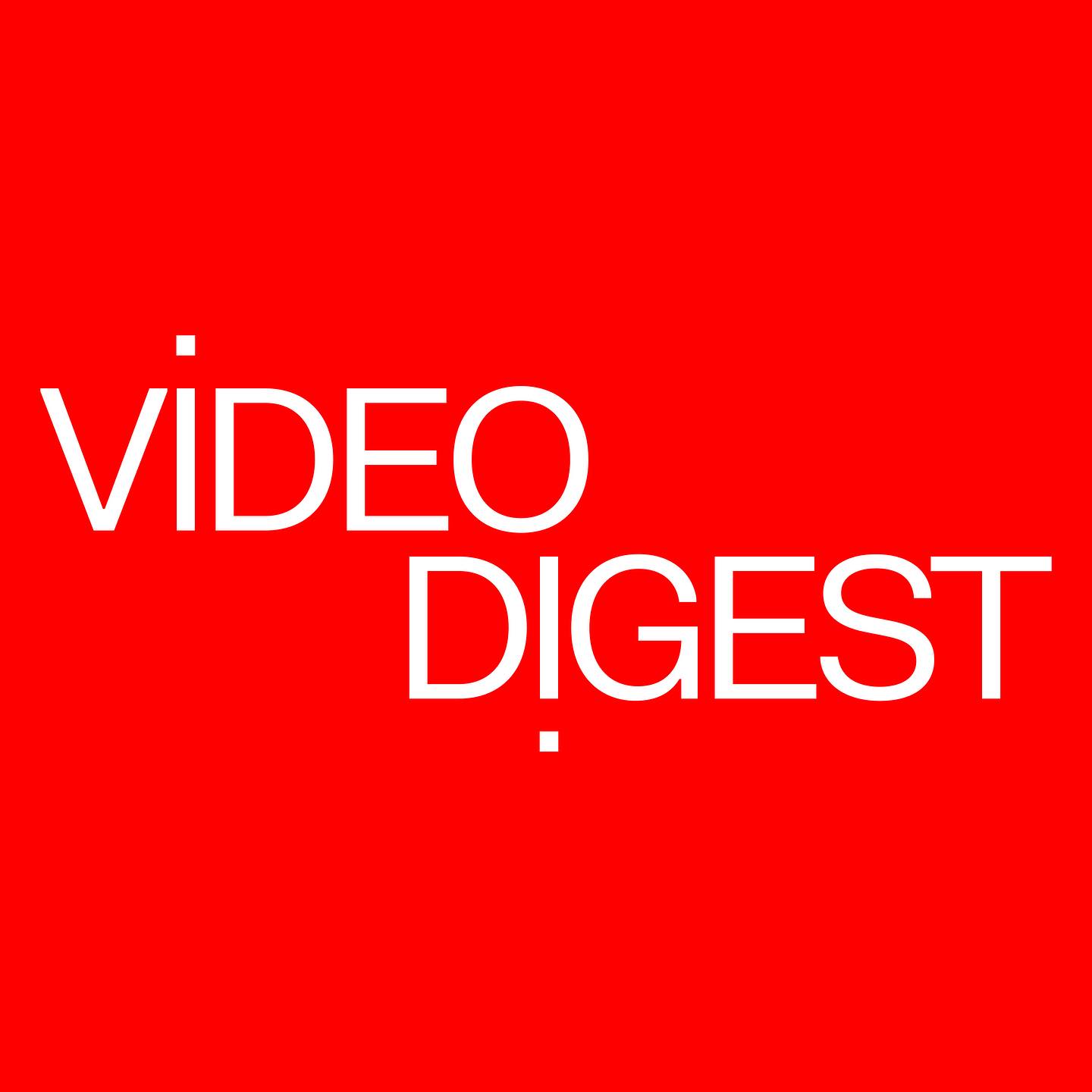
Duration: spring until December 2023
Video Digest – An Online Video Art Magazine by Videonale and IMAI – Inter Media Art Institute
With Video Digest, the Videonale Bonn and the IMAI – Inter Media Art Institute Düsseldorf presented an online video art magazine and an associated research and exhibition project at the Moltkerei Werkstatt, Cologne, complemented by the concurrent program series VIDEONALE.scope.
More info about Video Digest
The Video Digest project began with an interest in Video Congress’ video magazine Schauinsland which is located in the archives of the IMAI – Inter Media Art Institute. Video Congress was founded in Kassel in 1982 as a loose association of video artists in the wake of documenta 7. Wishing to work on related themes in a collaborative manner, to establish infrastructures for the young medium of video, and to simultaneously initiate a self-determined system of distribution for their works, the artists in this group worked with VHS tapes, each comprising several video contributions, which could be independently circulated, presented, and shared.
The initiators were inspired by the first video art magazine entitled Infermental, which developed just a few years earlier by Gábor and Vera Bódy. Between 1980 and 1991, ten issues of Infermental, featuring international, contemporary video art, were published by changing editors and with different thematic focuses. While Schauinsland was more linked to youth culture, punk as well as new wave aesthetics and the contributions of the various collectives were at times intertwined, Infermental strengthened the idea of an encyclopedia seeking to portray current video experiments in all their diversity.
The third video magazine included in the project is the Amsterdam-based Zapp Magazine with “branches” in New York, Paris, London, and Copenhagen. It operated a decade later than the other two and succeeded in once again redefining the format of the video magazine as an independent space of art, critique, and documentation.
The issues published from 1993 to 1999 did not only present video art, but also featured recordings of openings, lectures, and performances, which in their relaxed DIY aesthetics conveyed a polyphonic picture of the international art scene.
Despite structural and formal differences, these three video magazines share a particular political awareness showing itself both in the themes and the way they self-organized and distributed their work. Video Congress, for example, captioned their first issue with the motto: “Für eine aktive Art Video” (For an active art video) and the editors of Infermental also adopted a decidedly political tone by addressing the simmering East-West conflict.
Video Digest, initiated by the Videonale and the IMAI – Inter Media Art Institute, took up these impulses and from a present perspective examined the resistive potential of moving images through a series of dialogically presented contemporary works. The newly commissioned videos, performances, and zines by Ji Su Kang-Gatto, Ayesha Hameed, Becket MWN, Rangwane, and Leyla Yenirce (in collaboration with Mazlum Nergiz) make use of diverse languages and strategies of protest and mobilization – but also of resignation –and reflect on a current video landscape shaped by video on demand, smart TVs, YouTube/Youku, TikTok, and Instagram.
Alongside new productions, the Video Digest exhibition presented the fourth issue of Infermental edited by FRIGO (Gérard Couty, Mike Hentz, Christian Vanderborght) with 102 contributions; issue one of Schauinsland entitled “Erotik” with contributions by Gruppe A & A, Fun & Art and Norbert Meissner; and issue six of Zapp Magazine, produced and curated by Corinne Groot, Jack Jaeger, Arnold Mosselman, and Rob van de Ven. They were set in an exhibition architecture by Lennart Wolff and were joined by a program of screenings and performances.
Curators: Miriam Hausner, Nele Kaczmarek, Tasja Langenbach
Concept: Tasja Langenbach, Linnea Semmerling
EVENTS FOR THE PROJECT VIDEO DIGEST
All works were on display together with issues of the historical video magazines Infermental, Video Congress and Zapp Magazine in an exhibition at the Moltkerei Cologne from November 25 – December 10, 2023.
The IMAI – Inter Media Art Institute is dedicated to exhibiting, archiving, and distributing time-based media art. Founded in Düsseldorf in 2006, the institute has had its own video art channel, IMAI Play, since 2021. This focuses on a participatory presentation of videos from the IMAI archive and invites users to put together their own video programs, share them and comment on others.
More info about the IMAI – Inter Media Art Institute
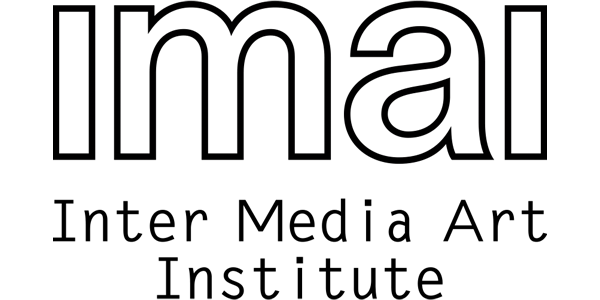
Videonale e. V. is a non-profit association based in Bonn, which was founded in 1984 to offer a first platform in Germany for the then still young international video art – making Videonale Bonn one of the earliest festivals for video art worldwide. Since then, the association has dedicated itself to presenting contemporary video art in all its facets, addressing a regional, national and international audience. Every two years, the association organizes “VIDEONALE – Festival for Video and Time-based Arts” with an exhibition presentation and an extensive festival program. Since 2010, the VIDEONALE has had an online video archive with over 300 entries.
More info about the Videonale e. V.
More info about the online video archive
More info about VIDEONALE.scope
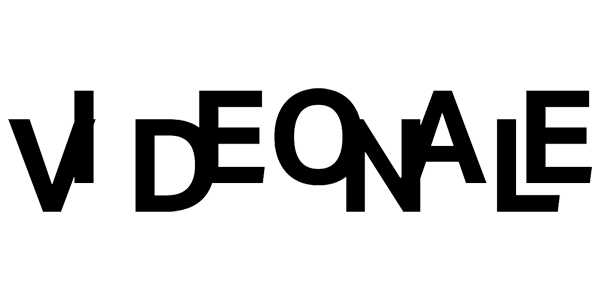
The publication VORSTELLUNG DER GEFÖRDERTEN PROJEKTE 2021-2023 on the Media Art Fund & Media Art Fellows can be downloaded here.
Credits: Installation View, VIDEO DIGEST, 2023, Moltkerei Werkstatt, Cologne, Foto: Palazzo Photography



